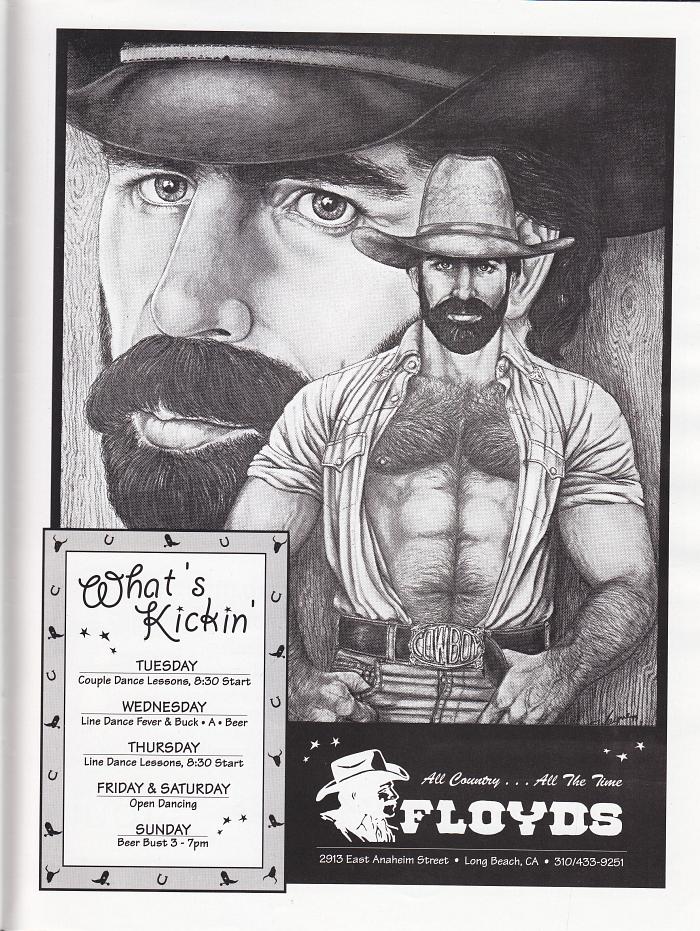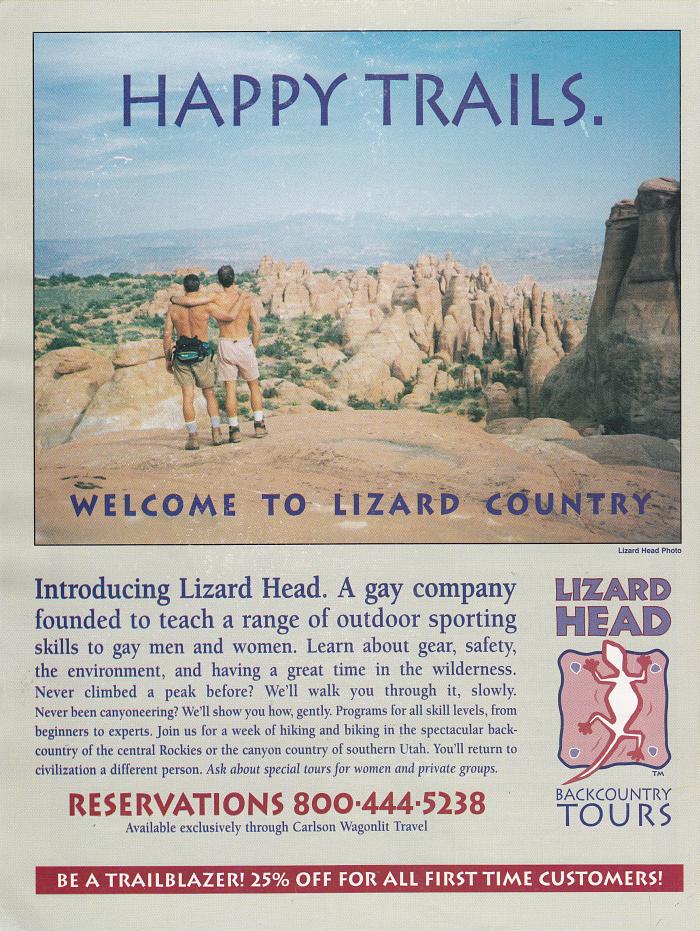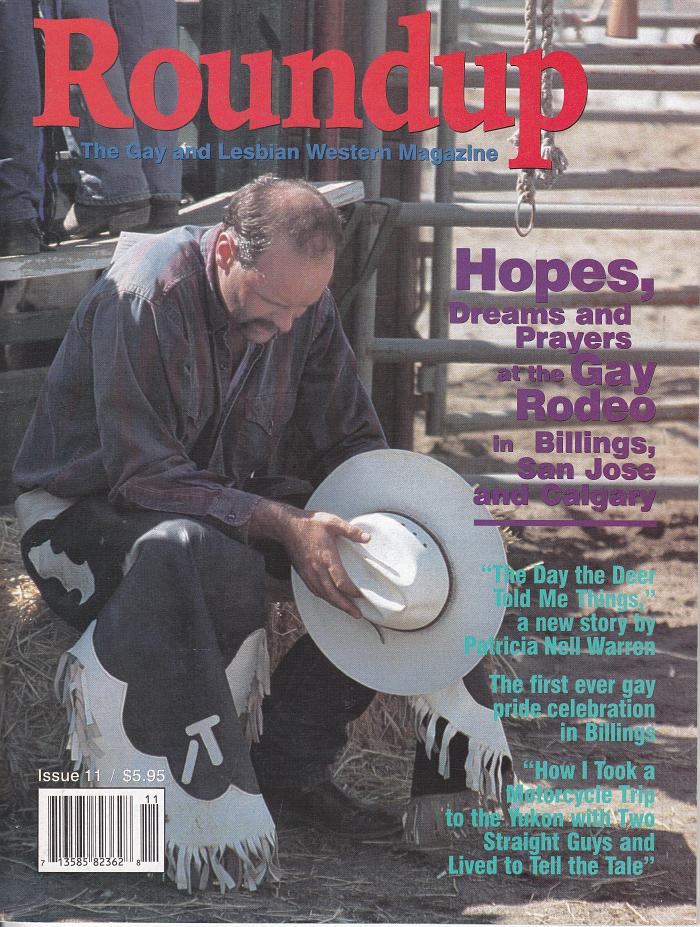
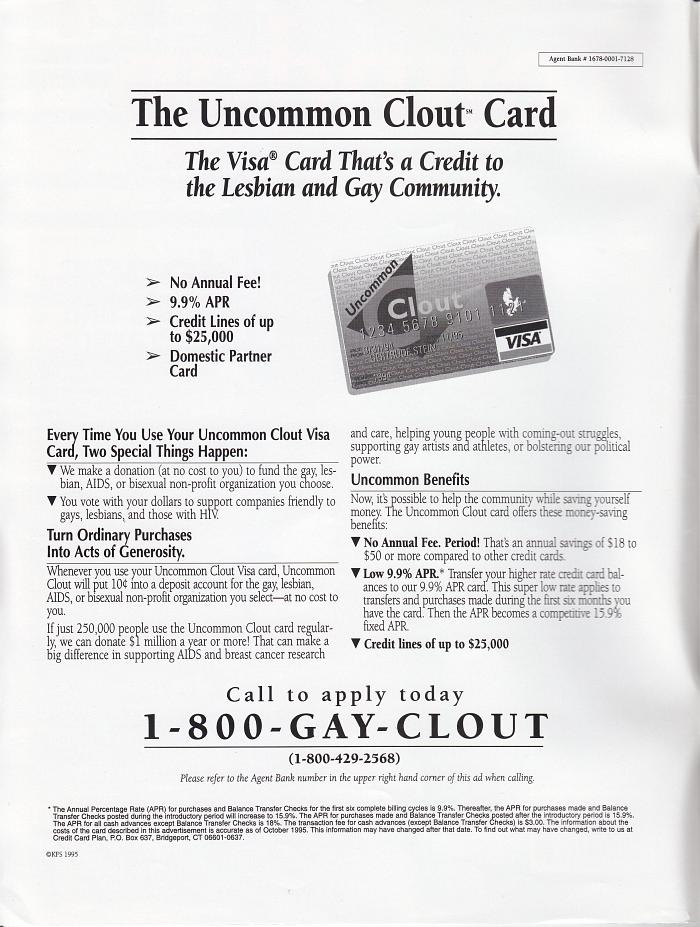


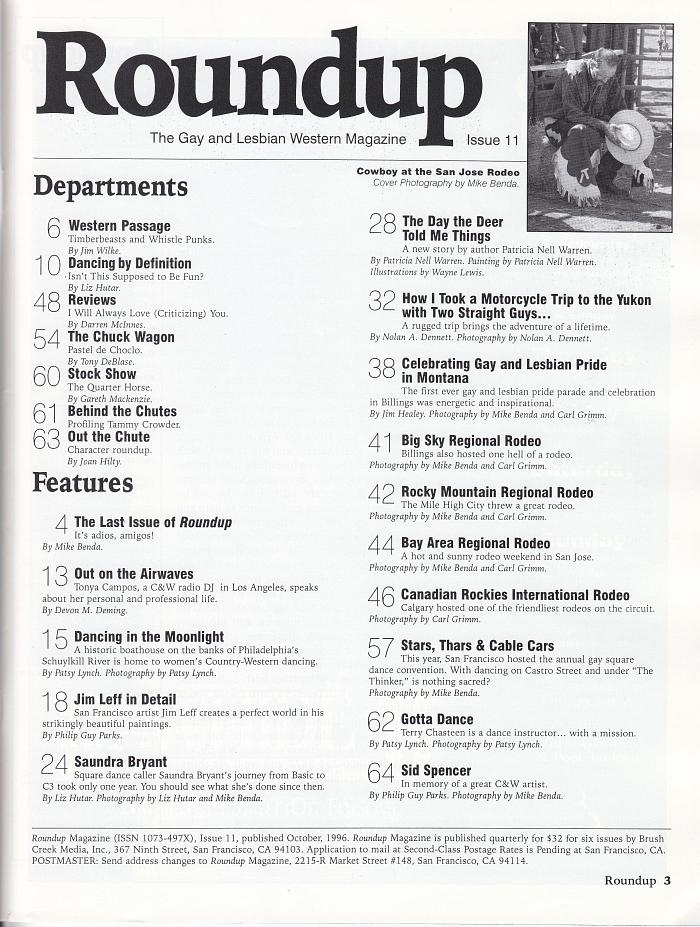
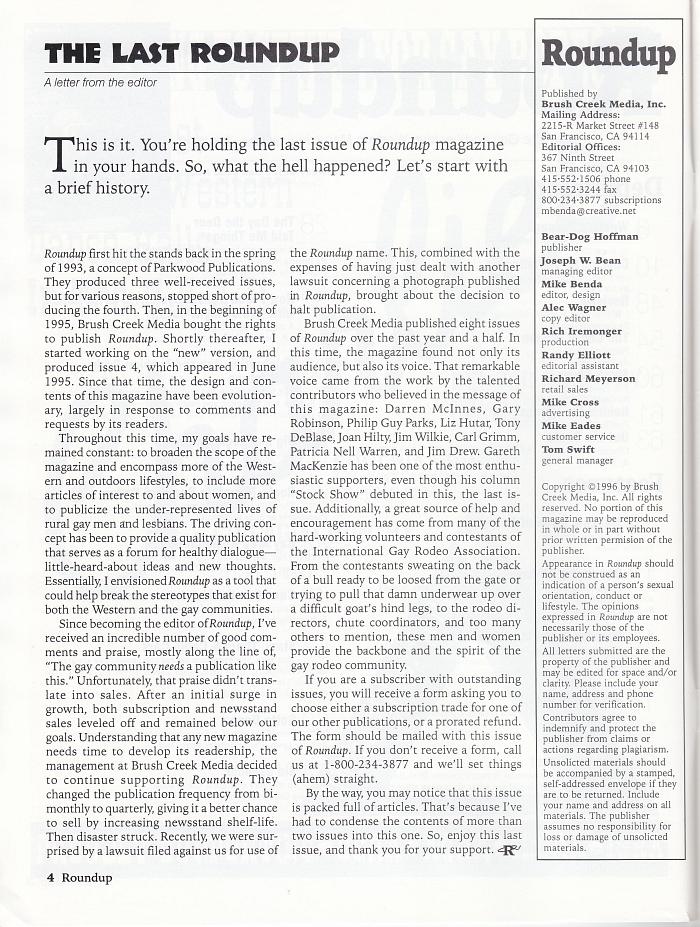

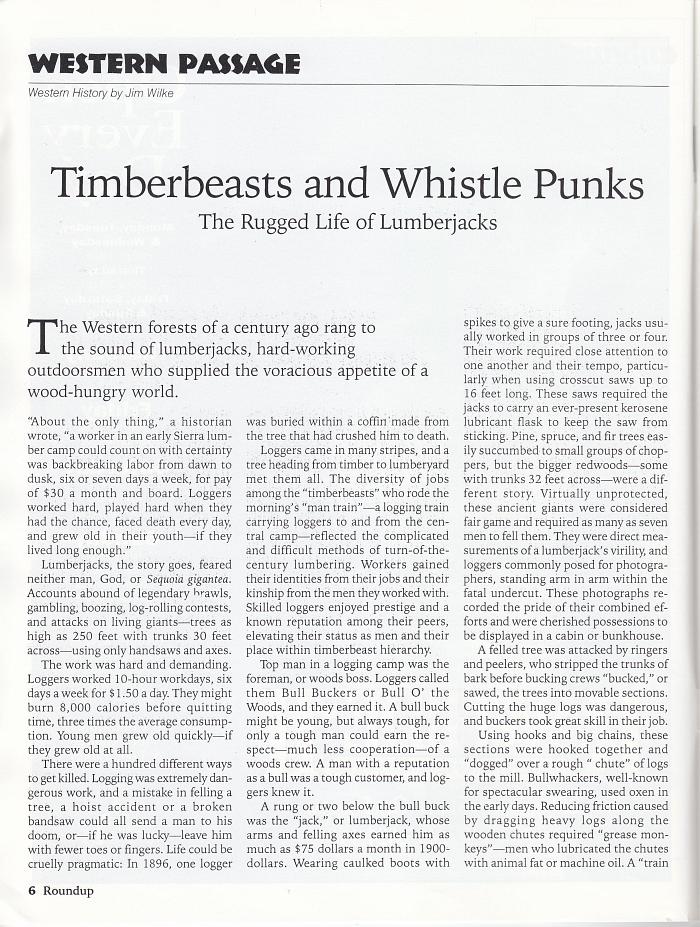
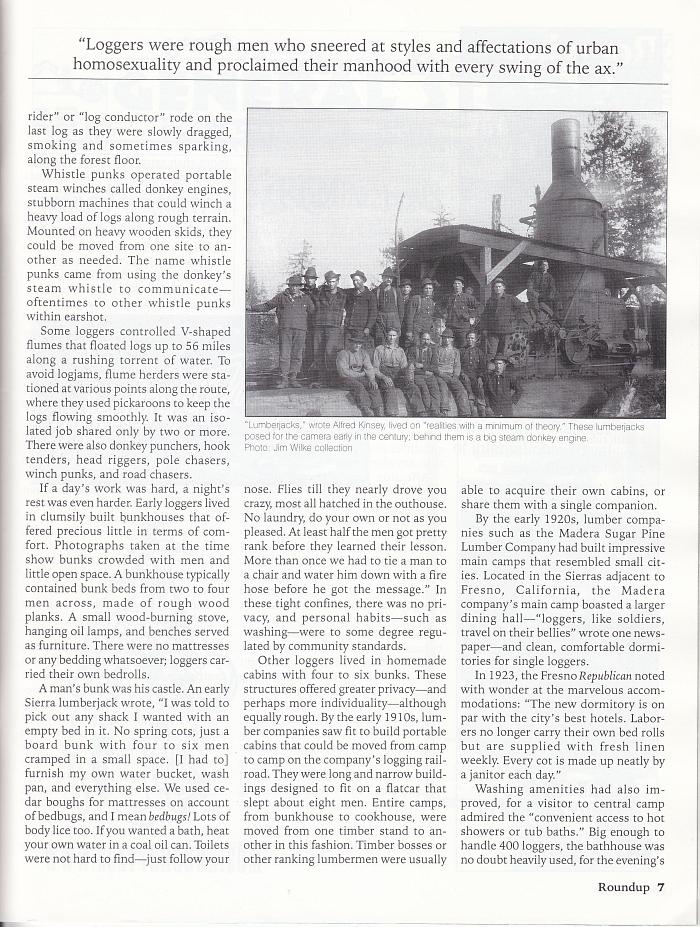
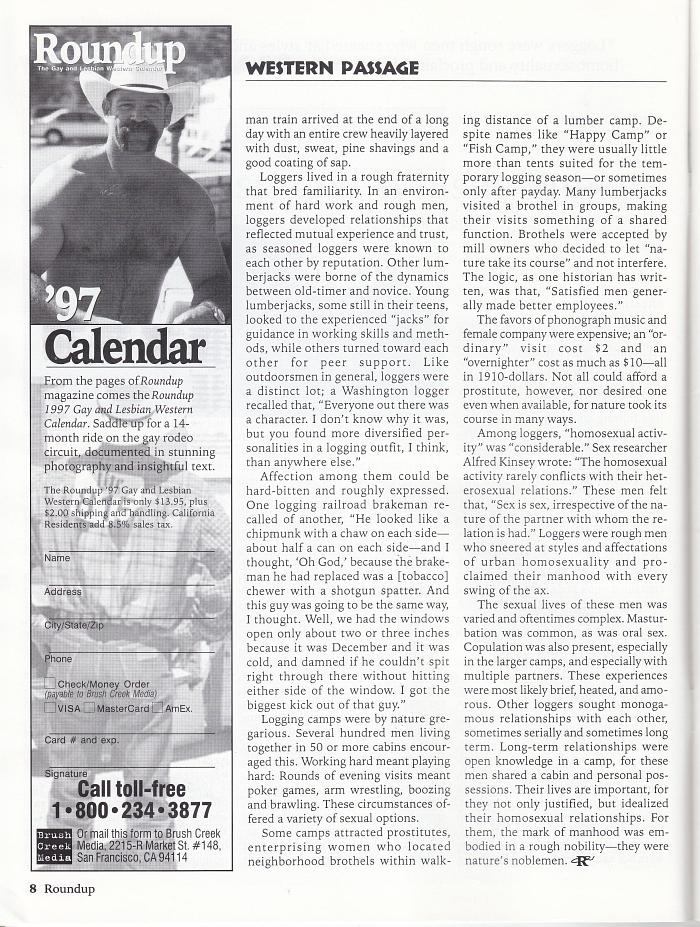

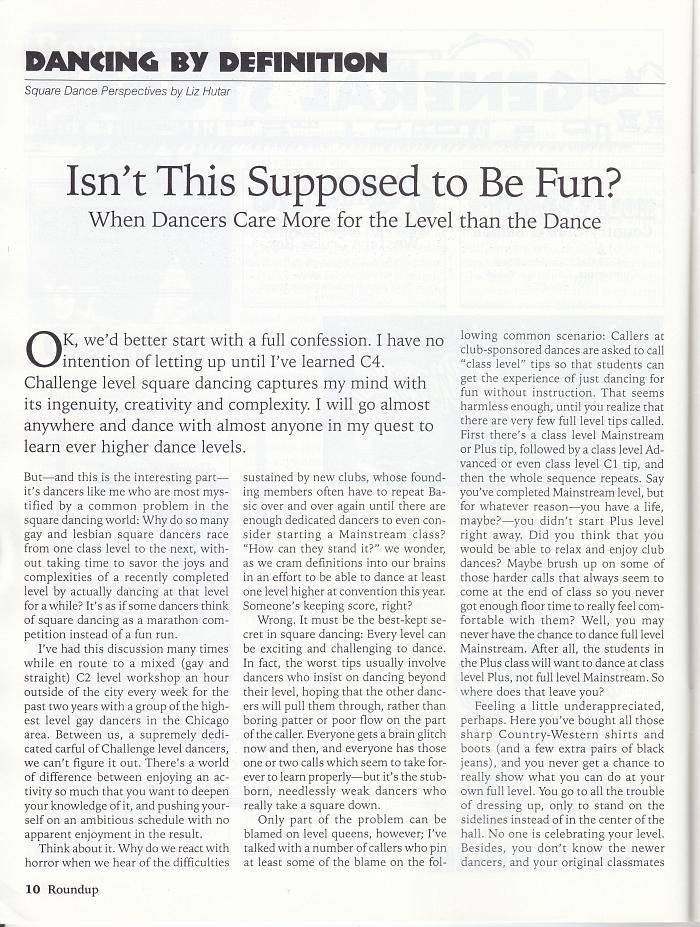
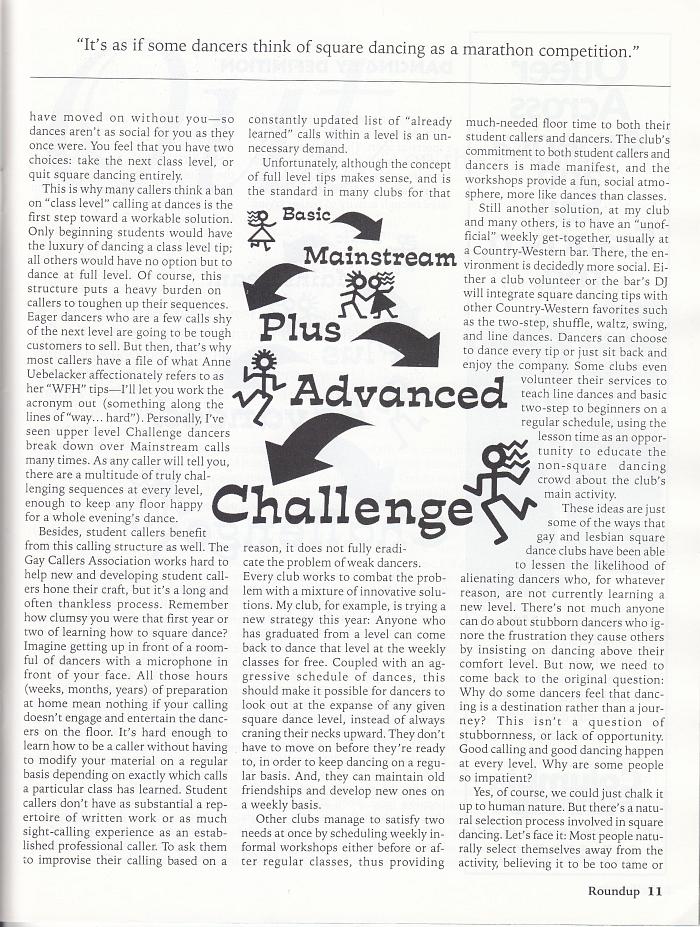

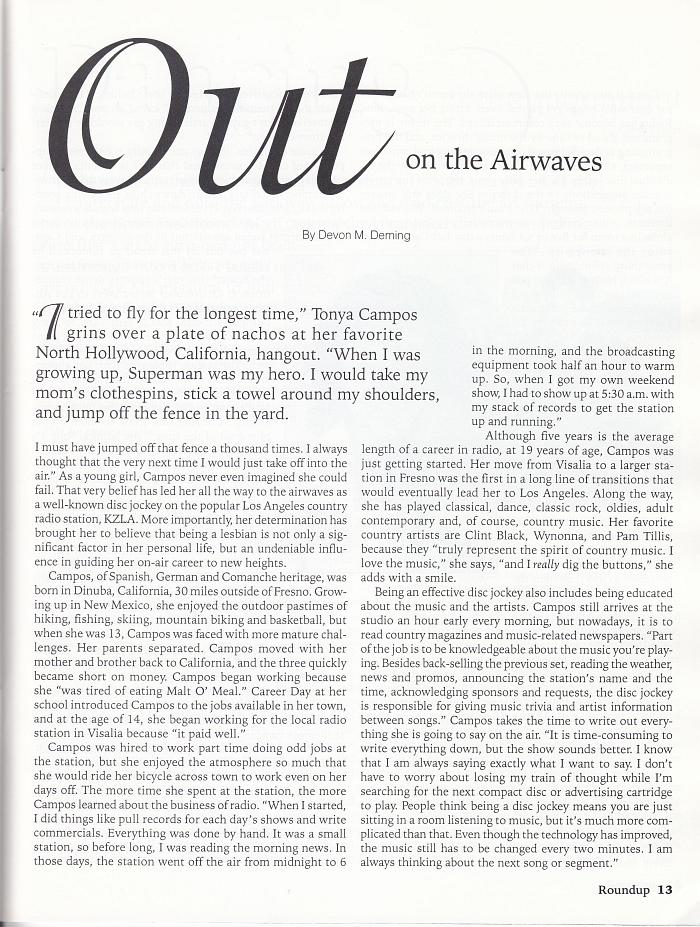
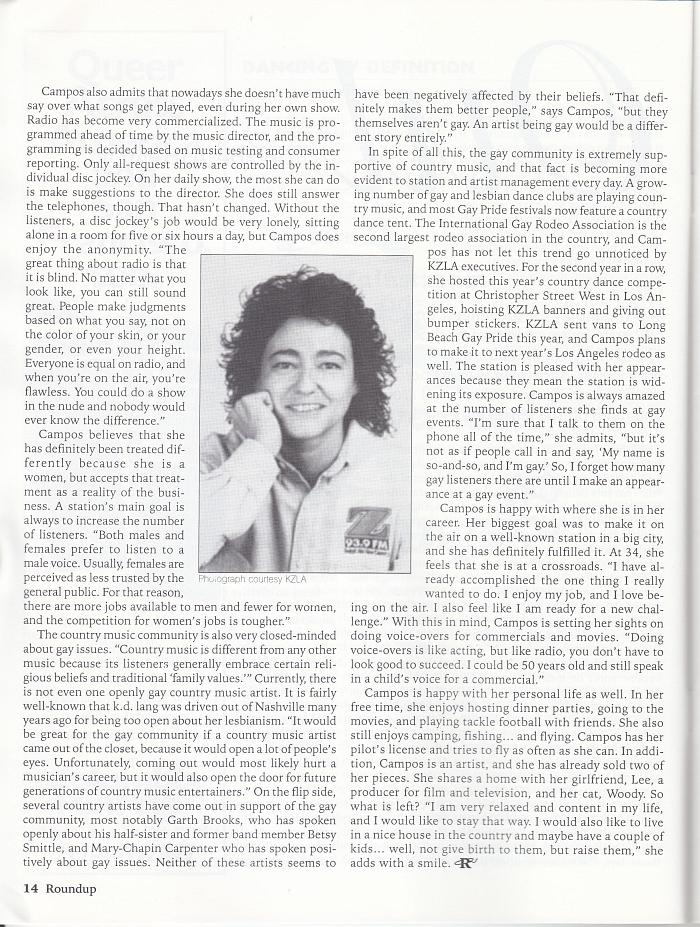
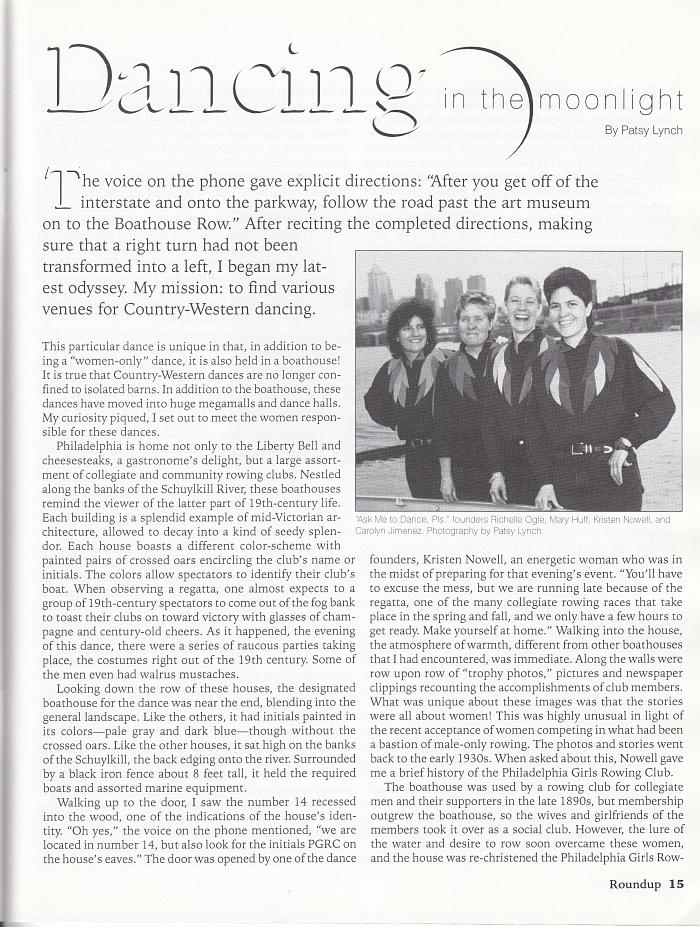
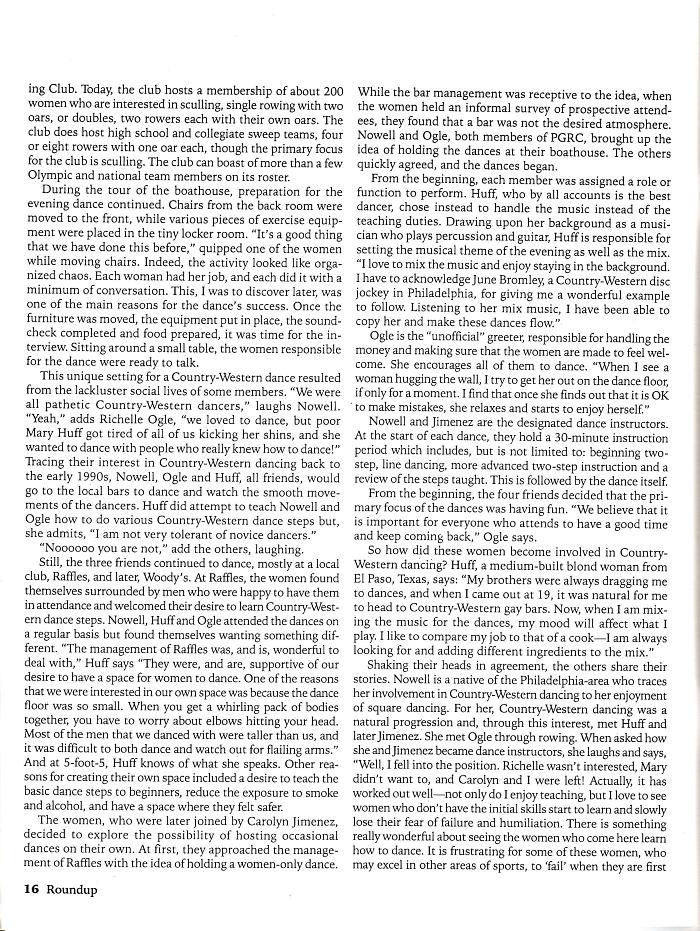
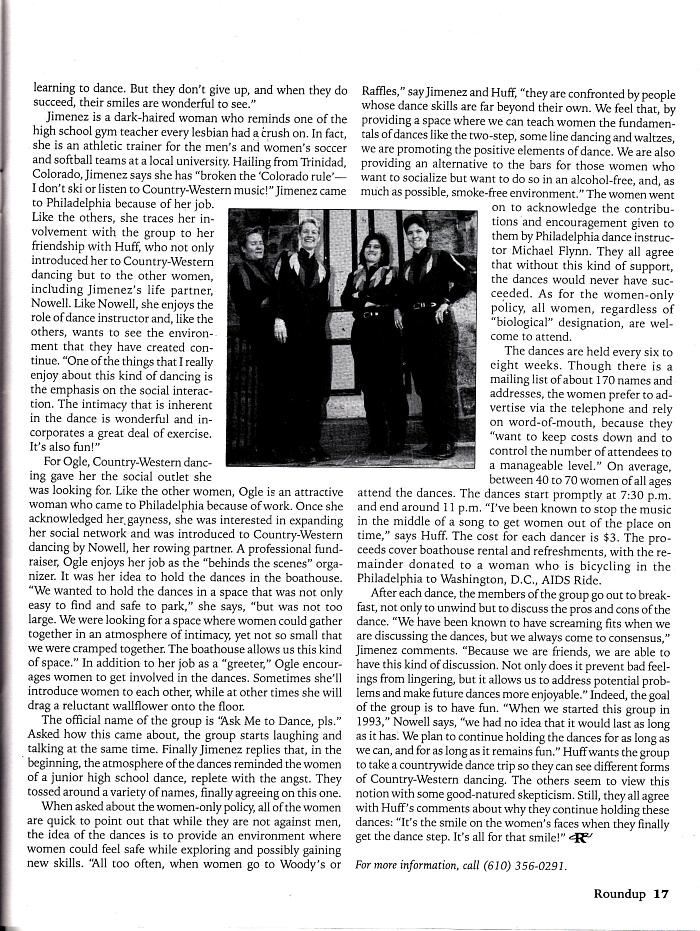



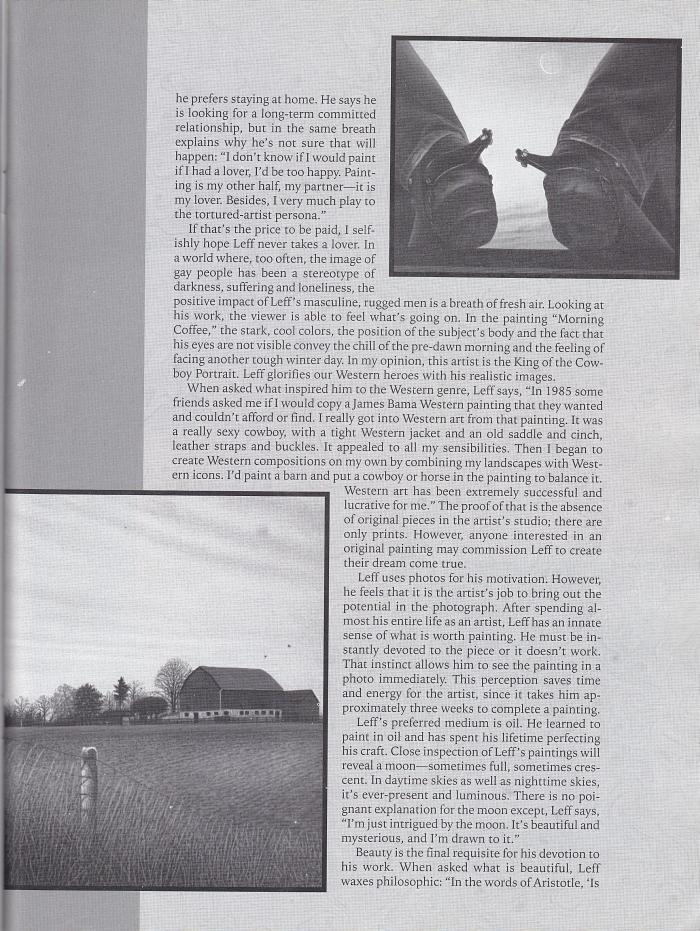
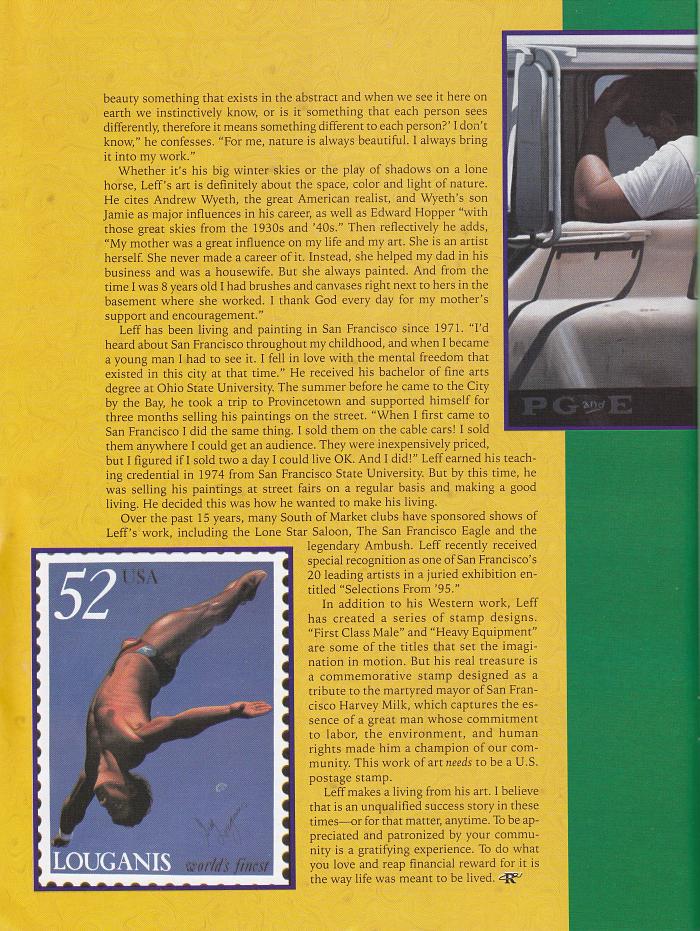
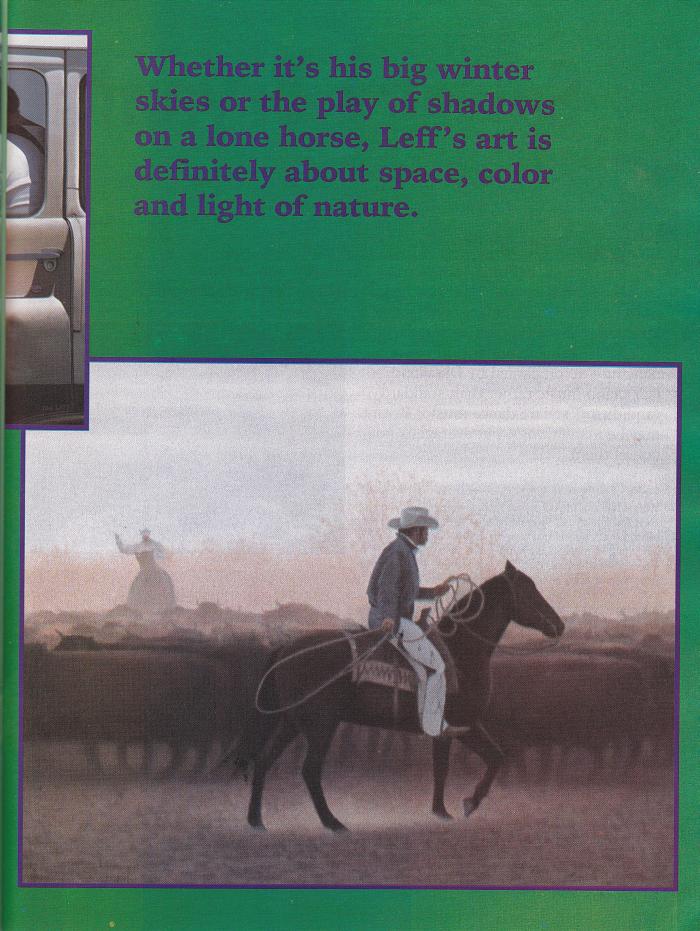
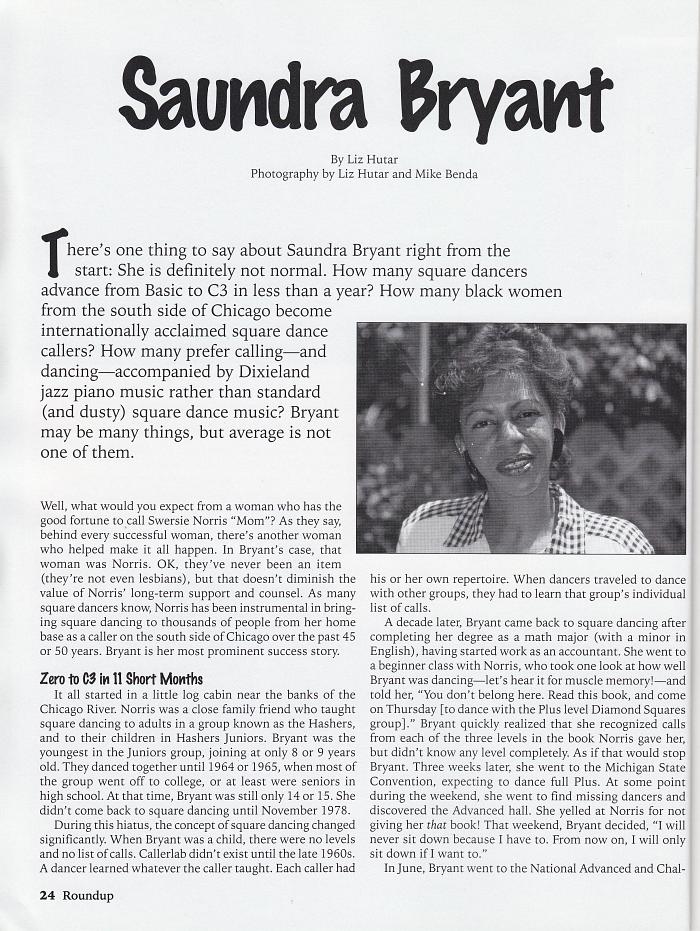
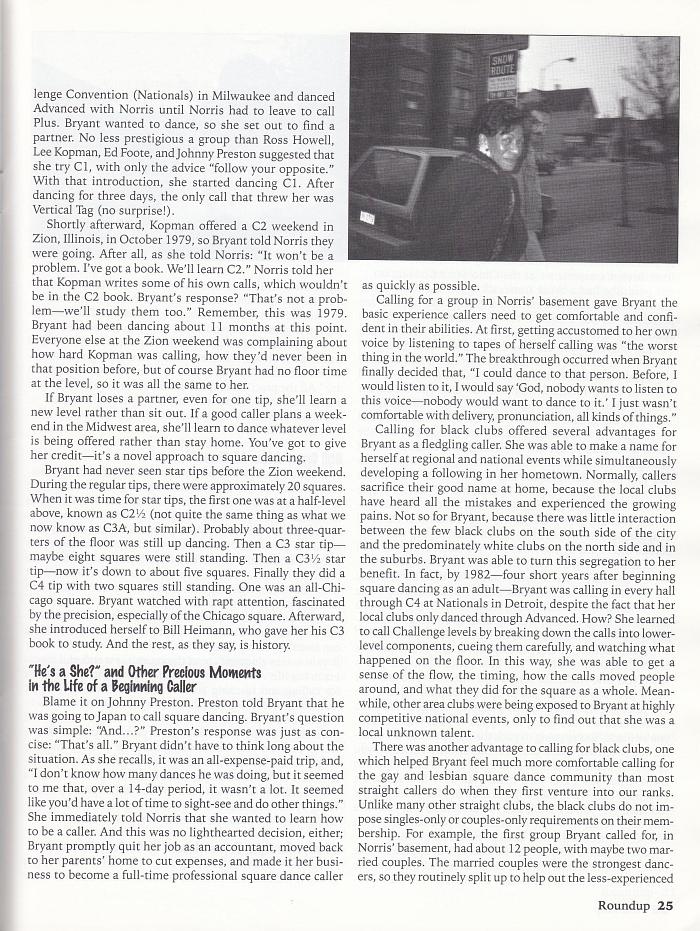

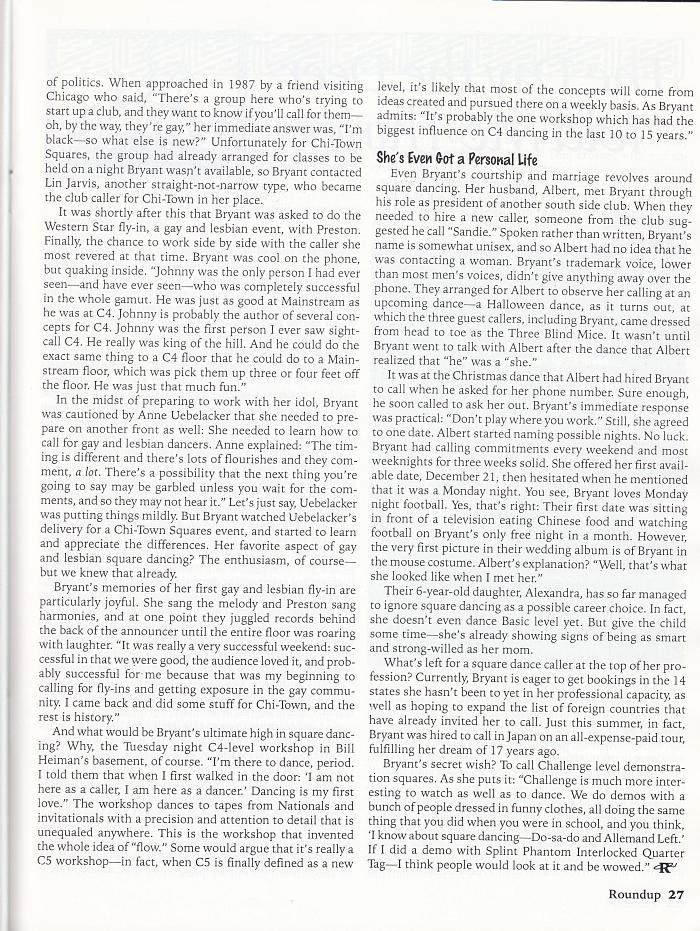
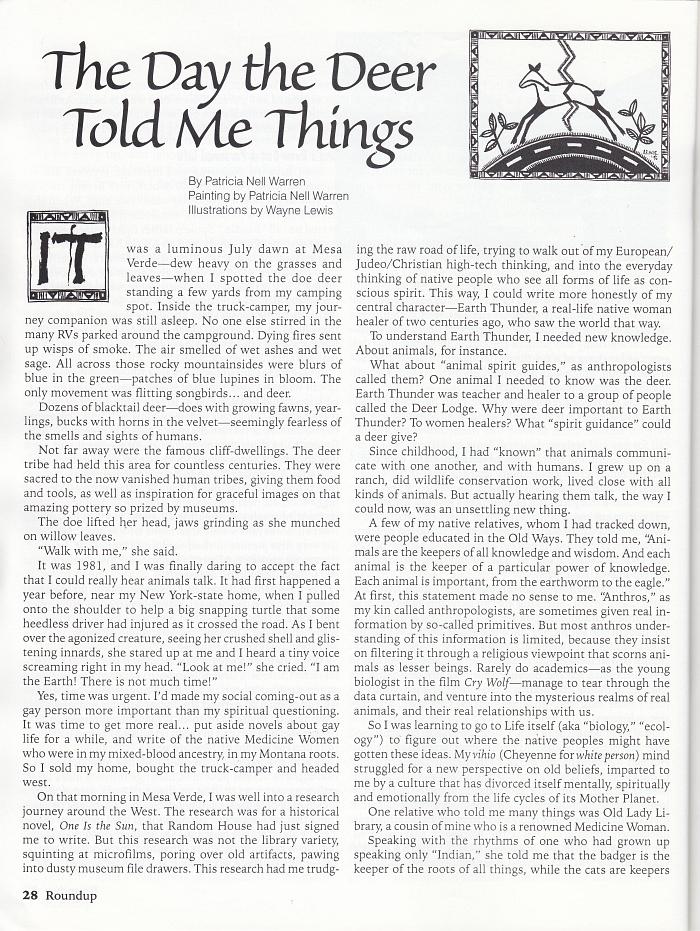
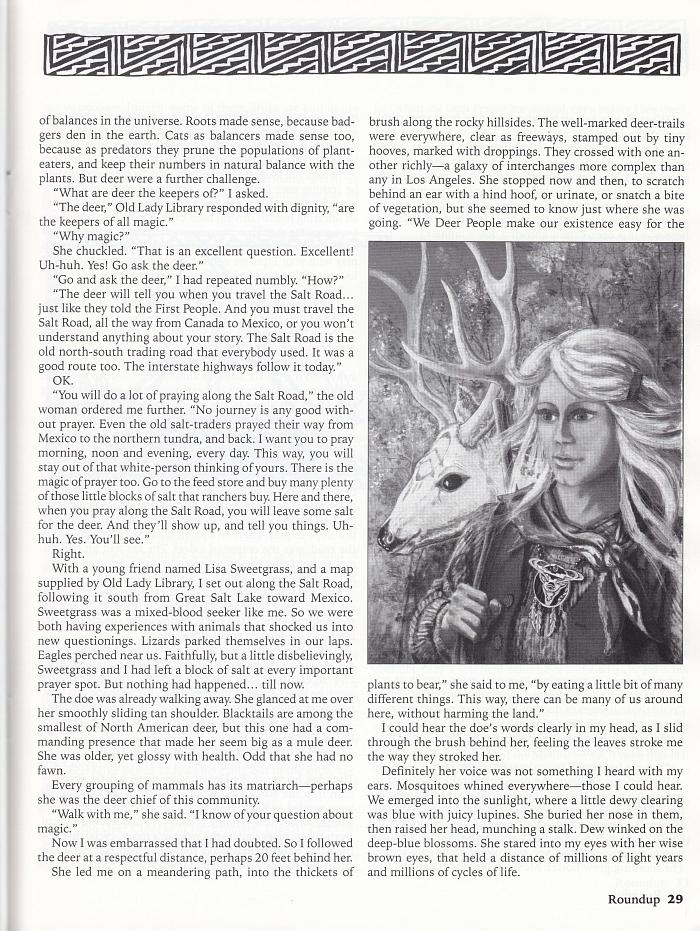
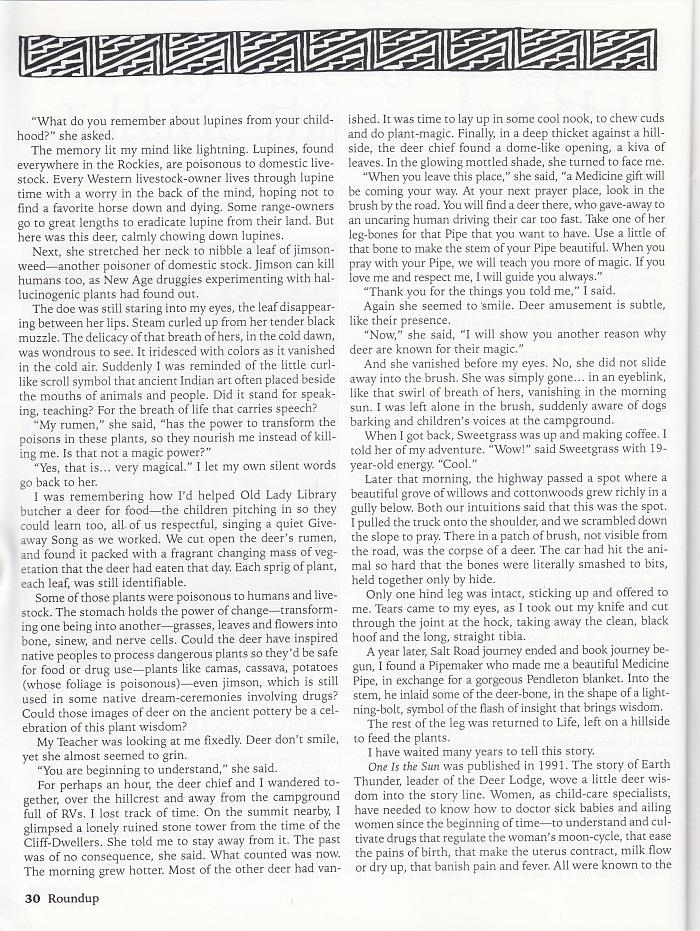
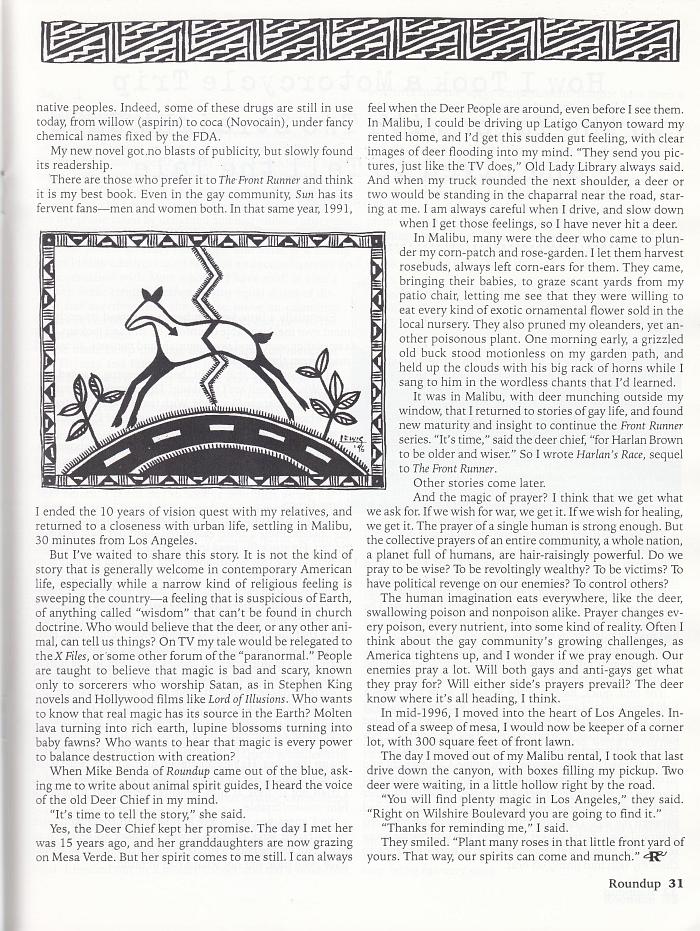
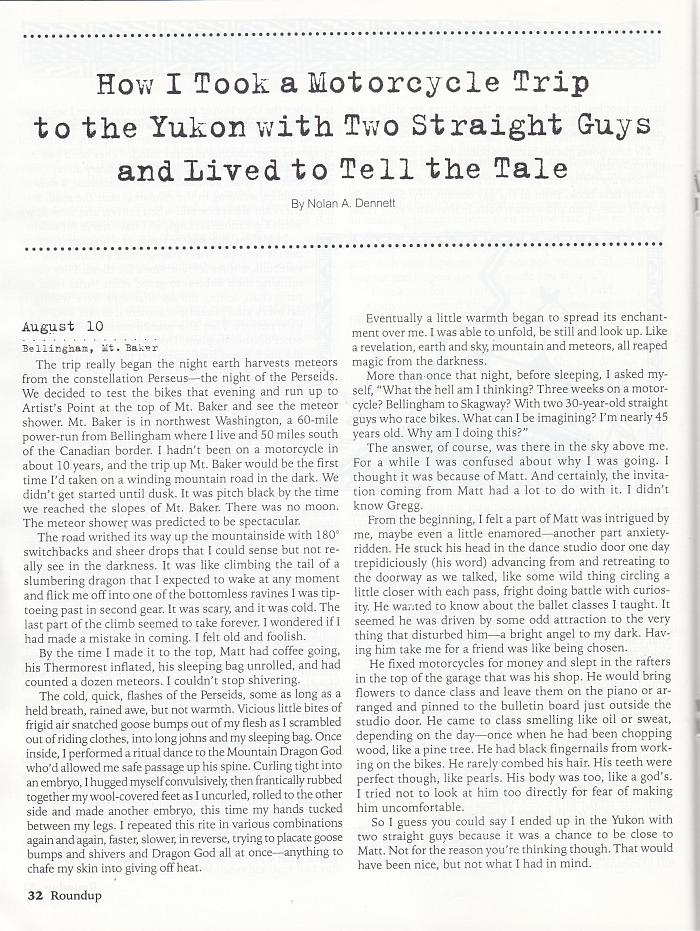

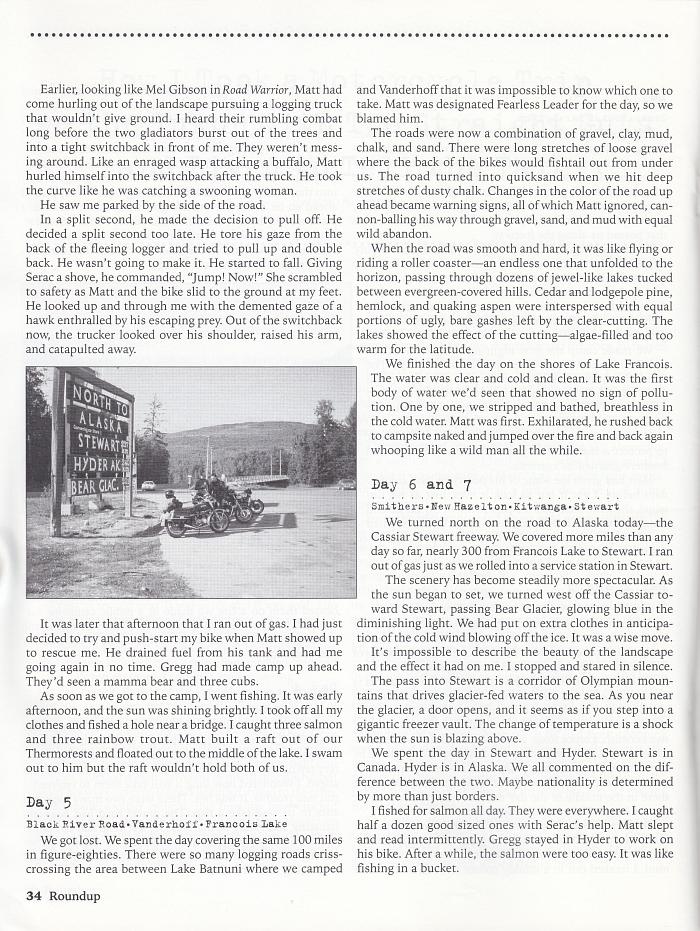

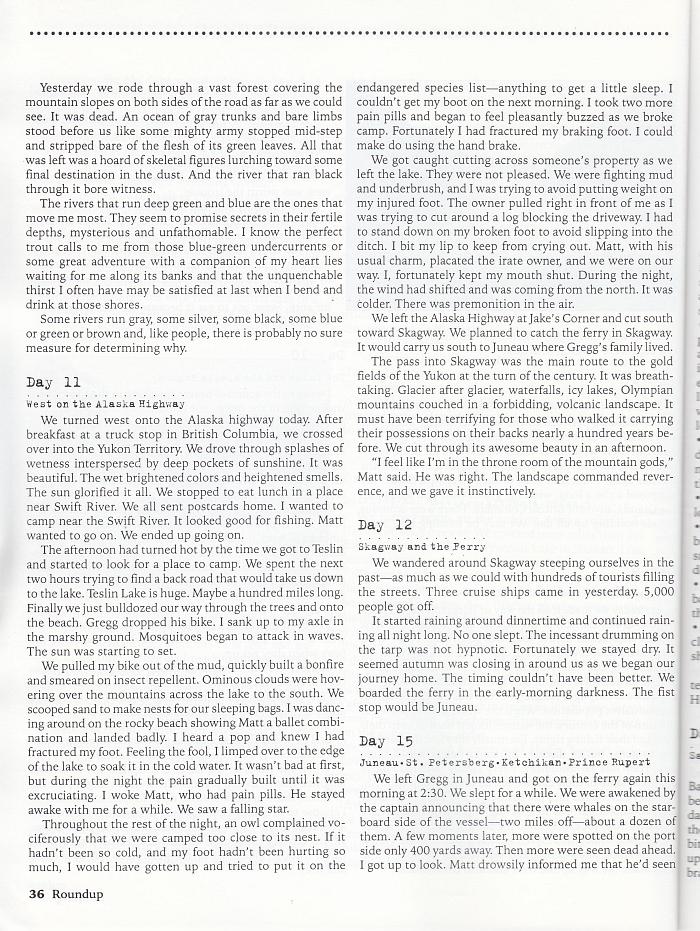
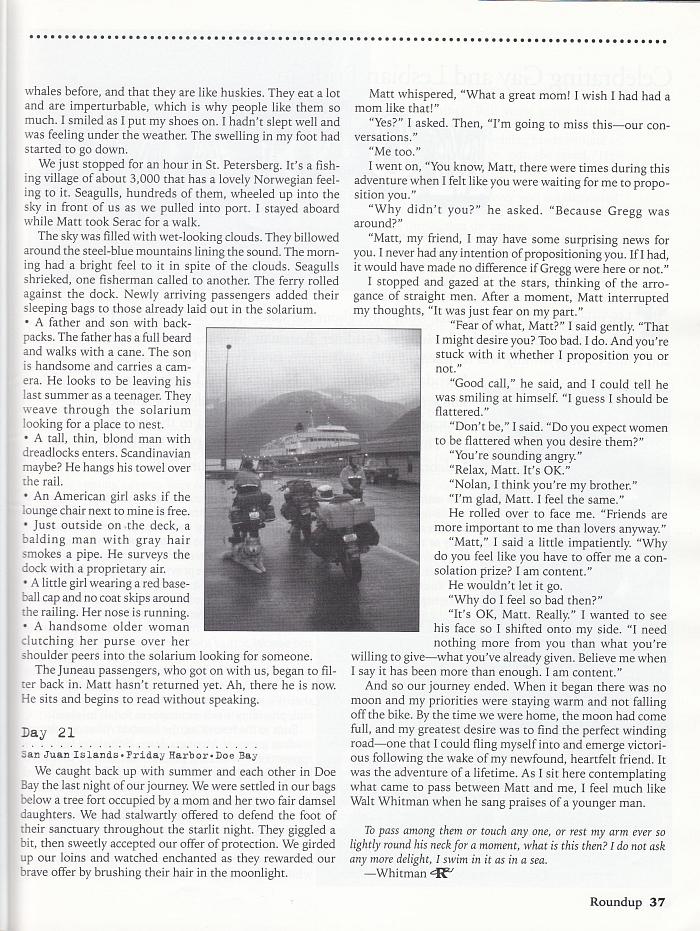
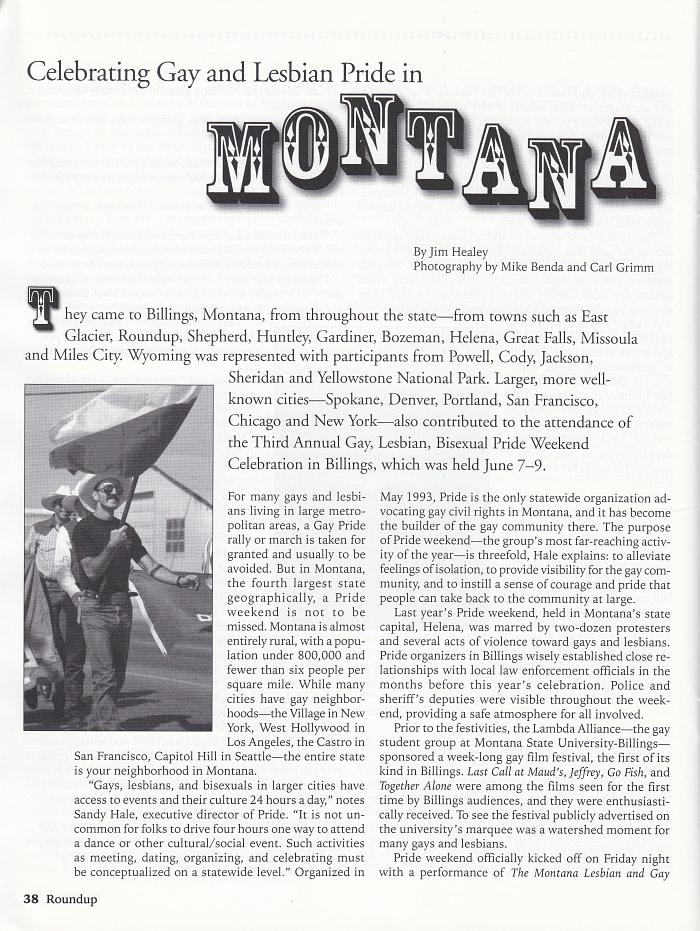
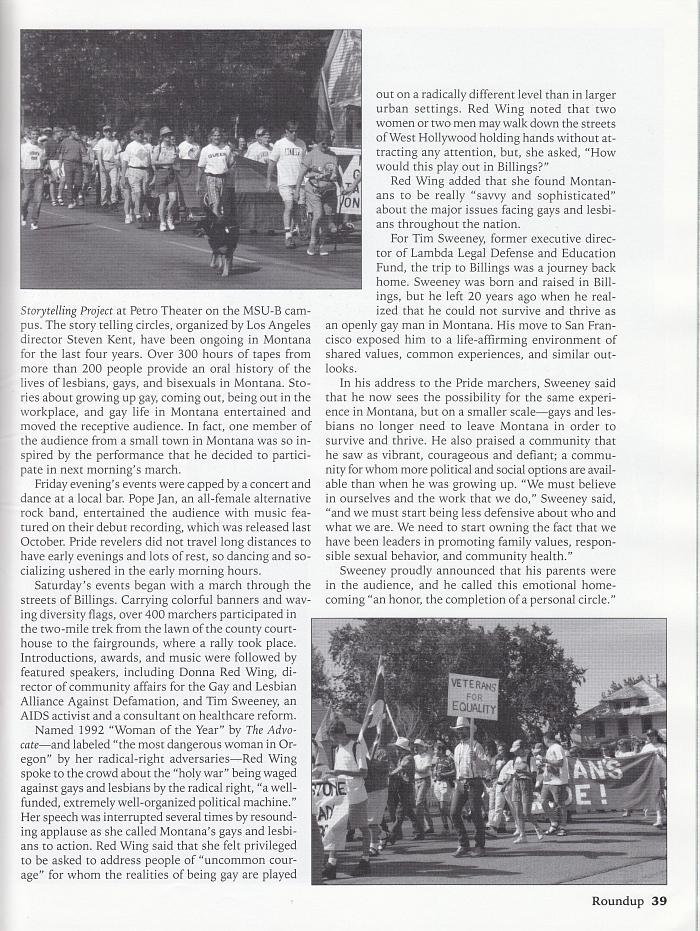


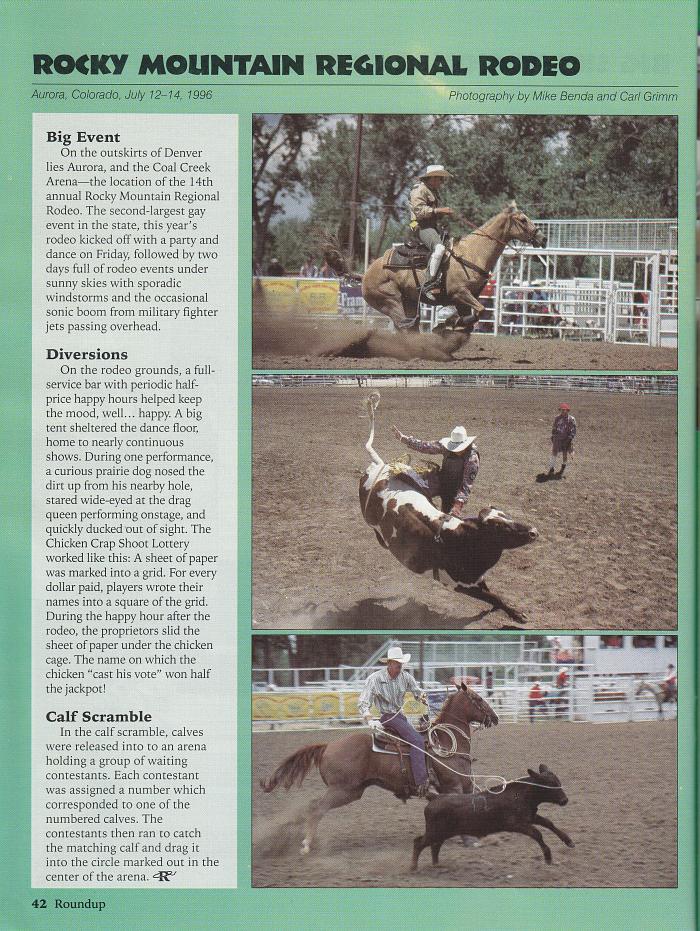
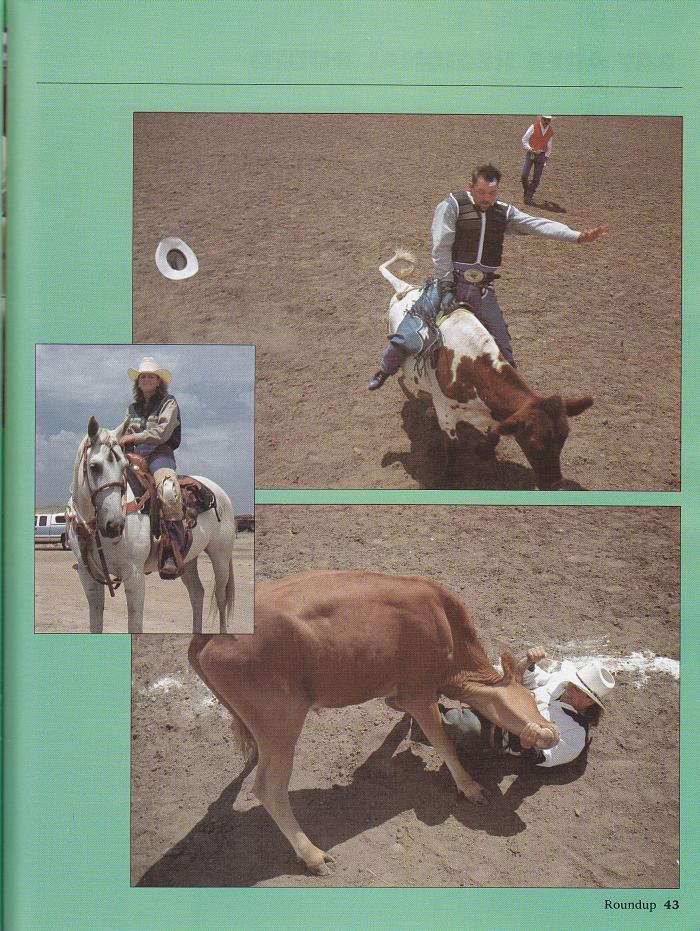
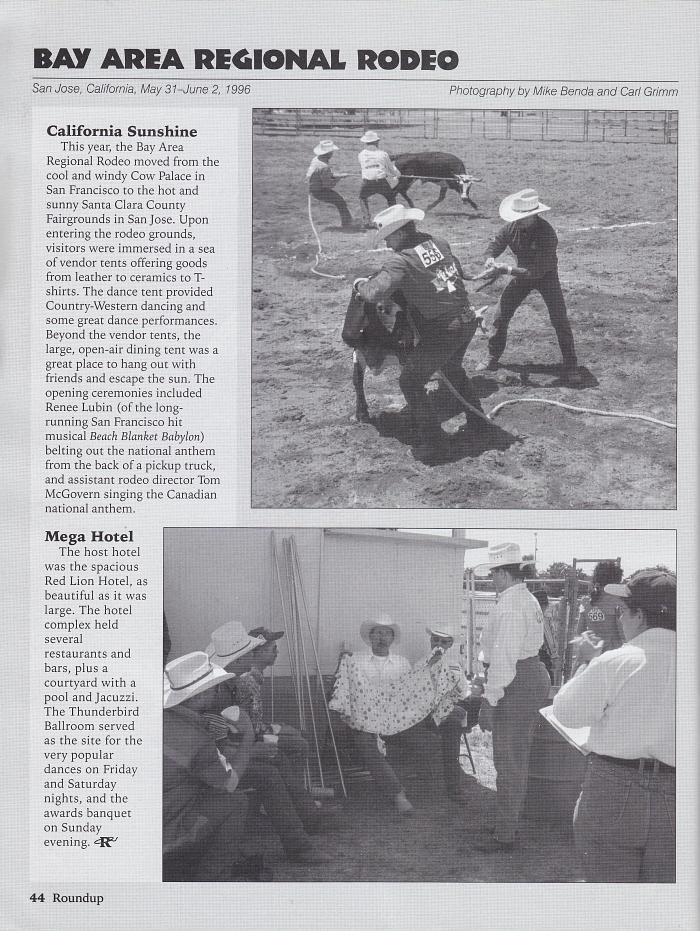
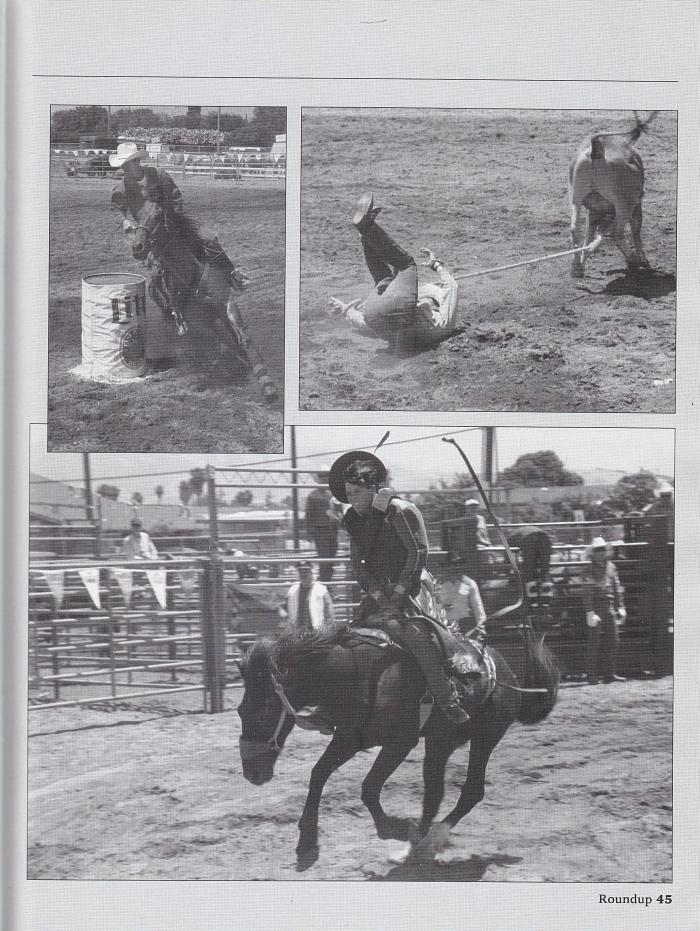
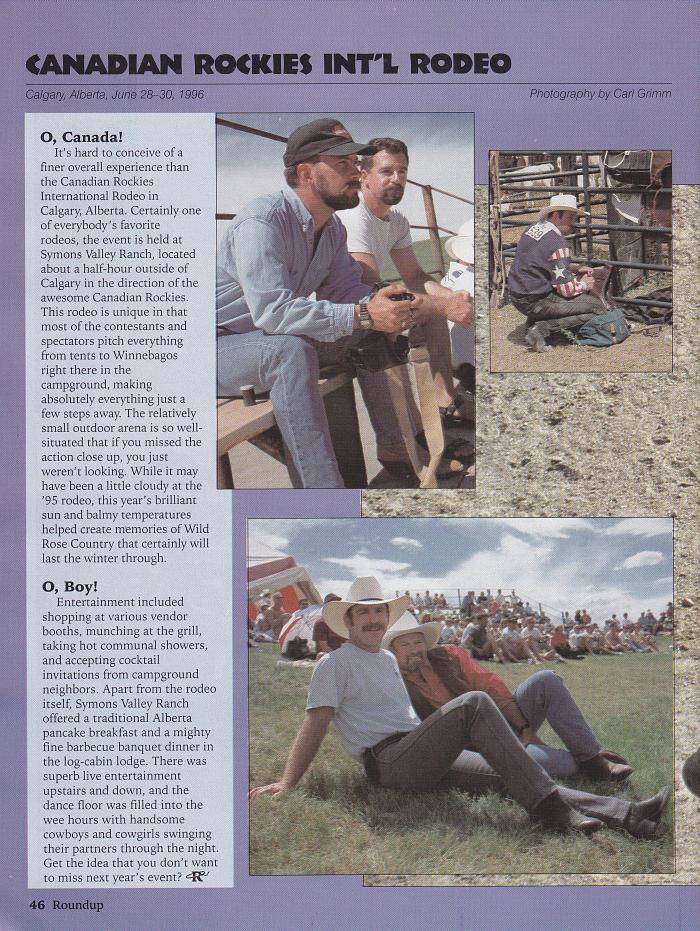
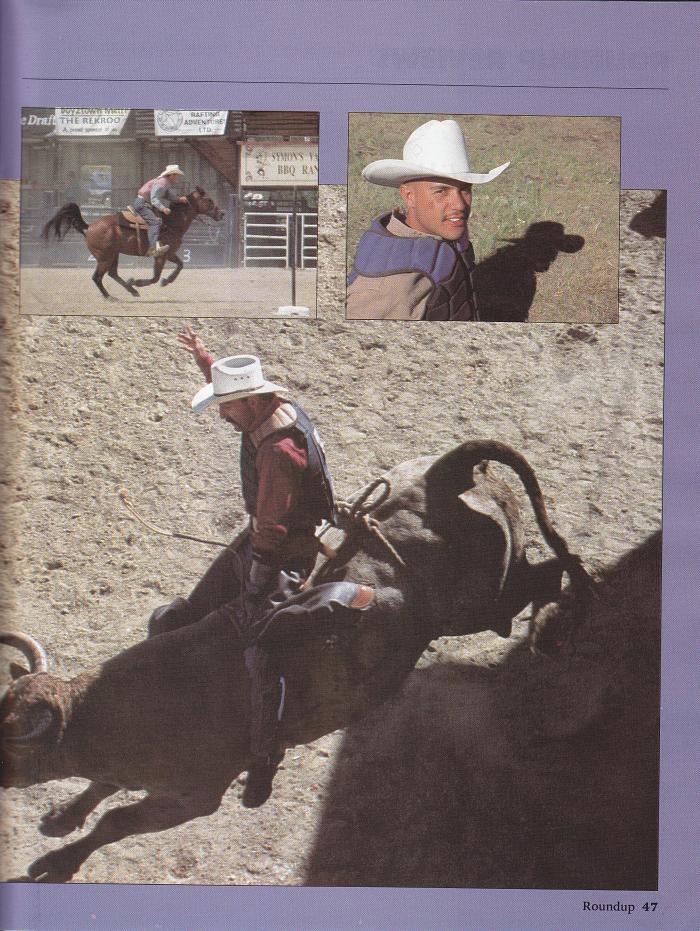

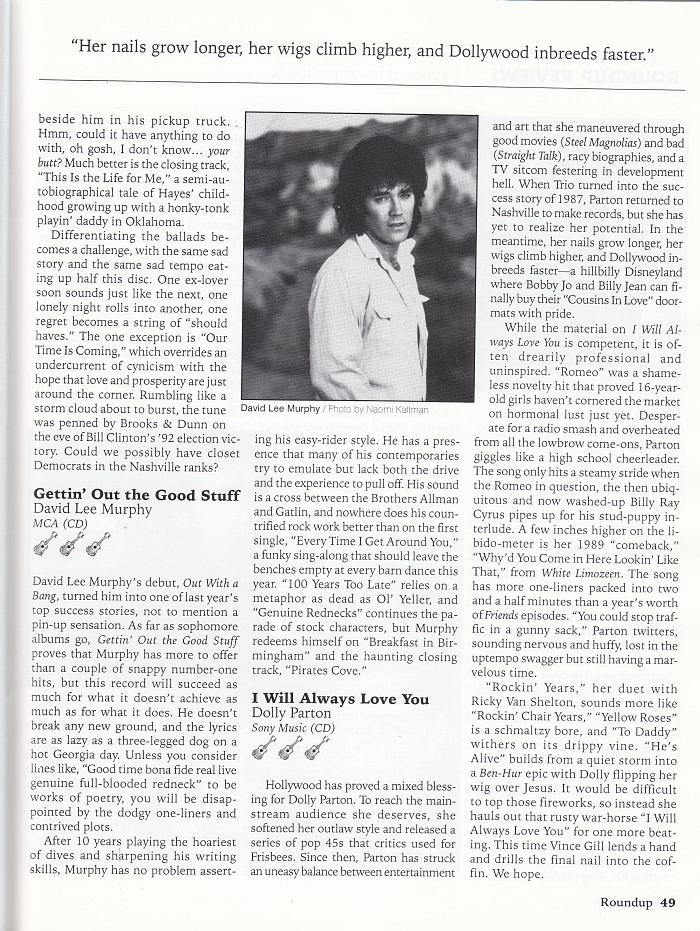
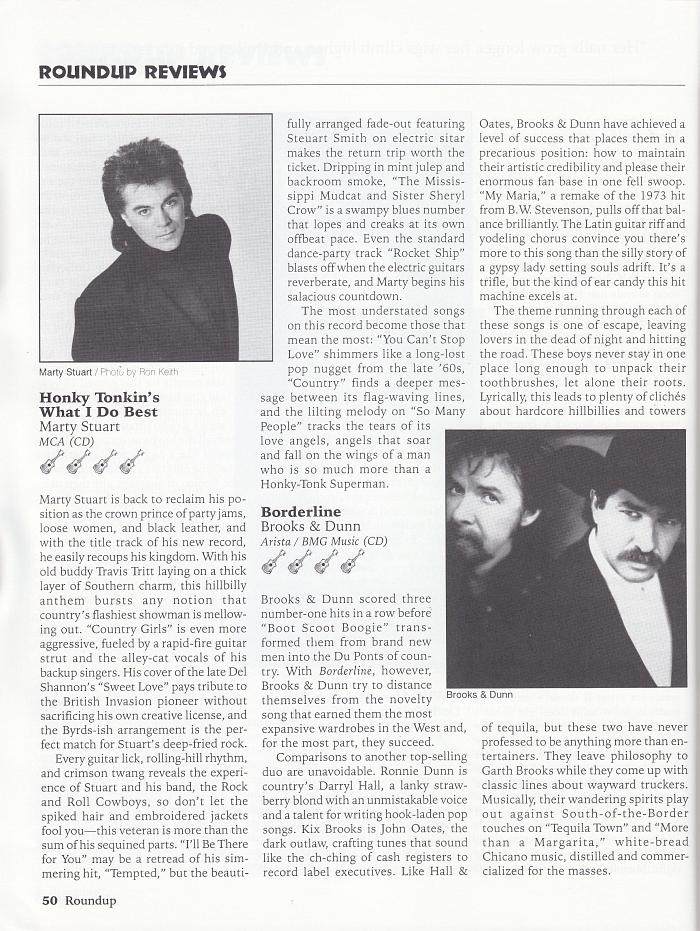
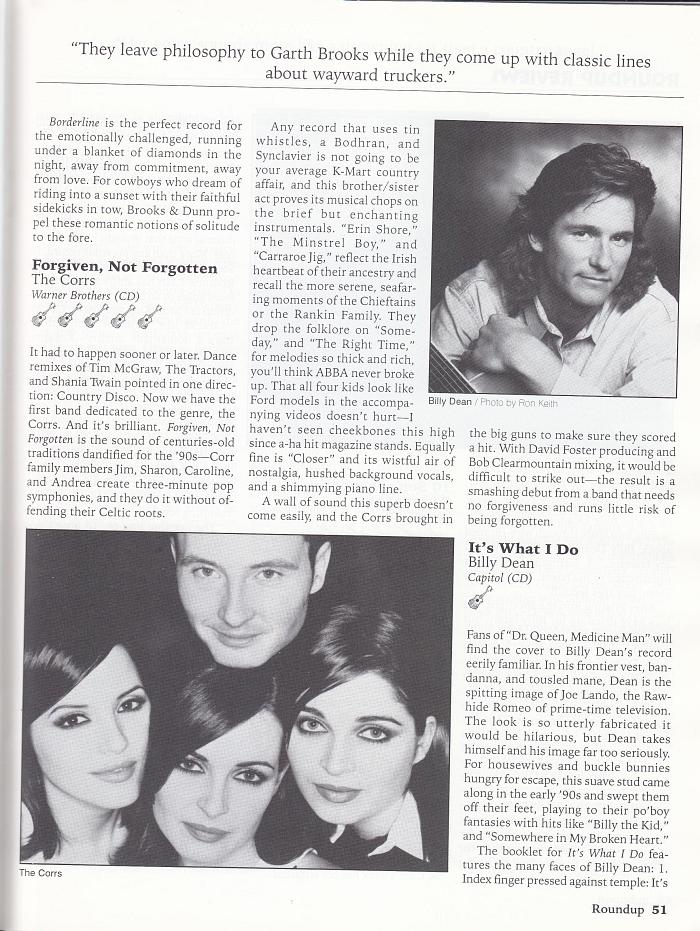
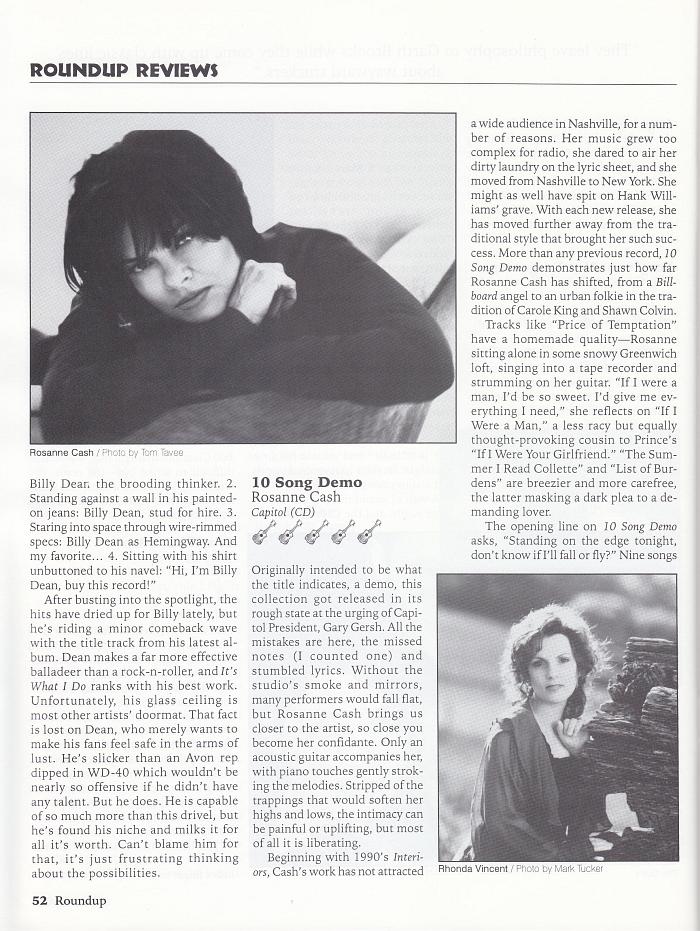
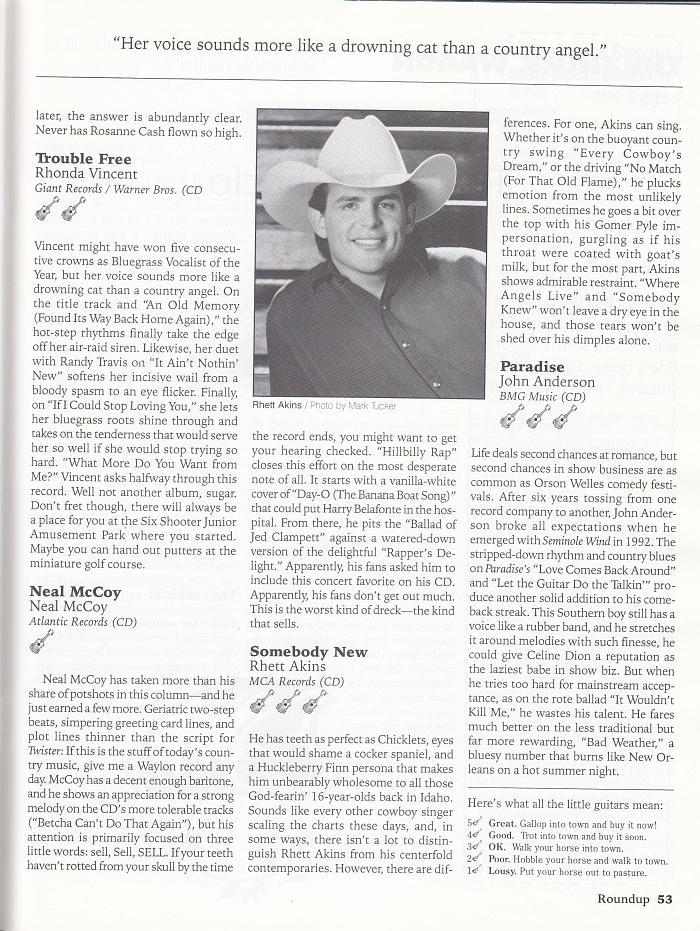
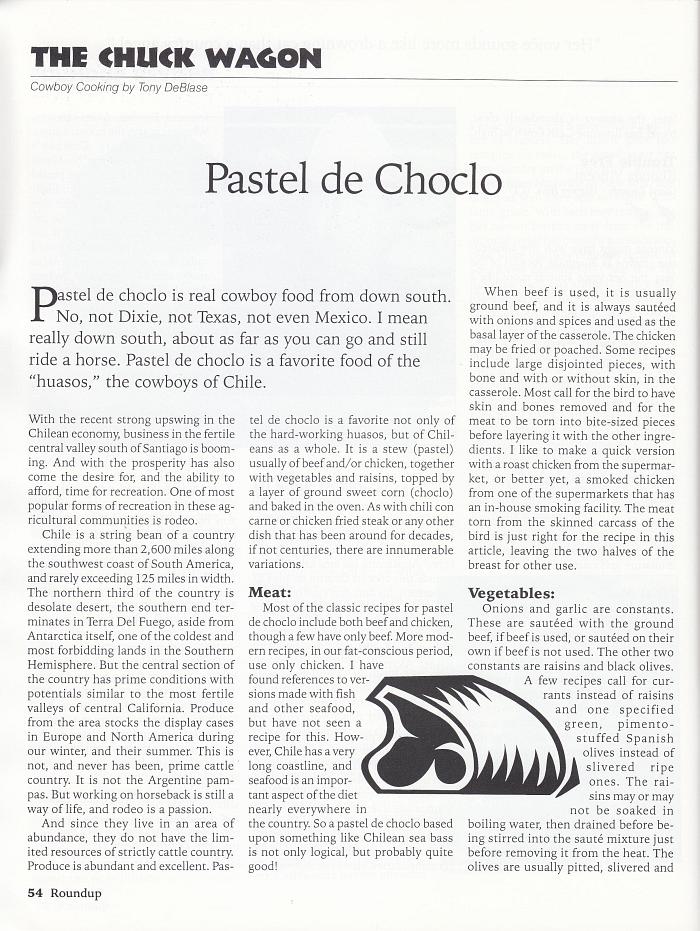
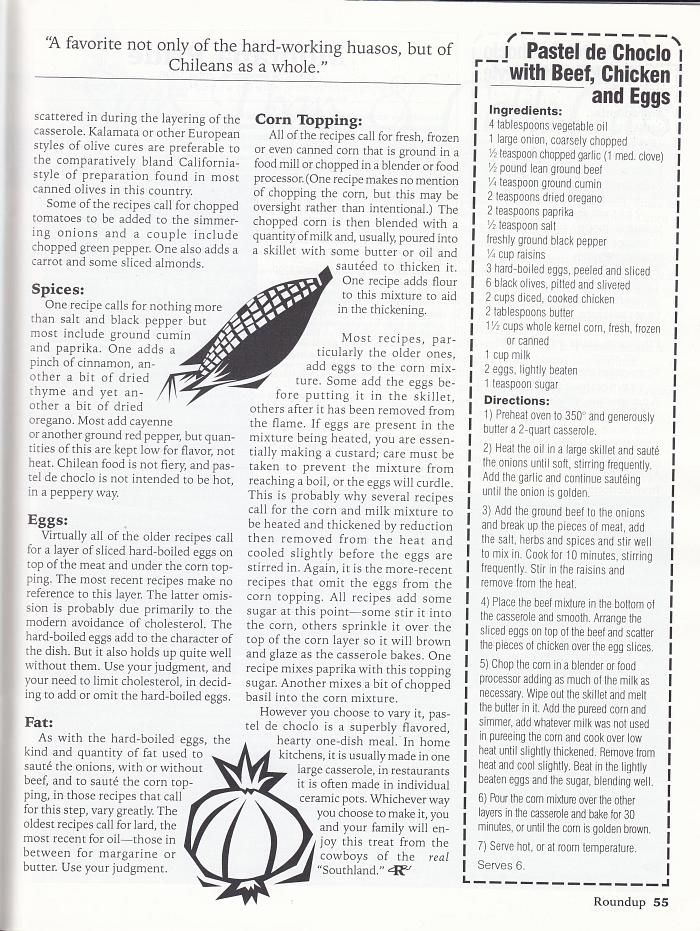
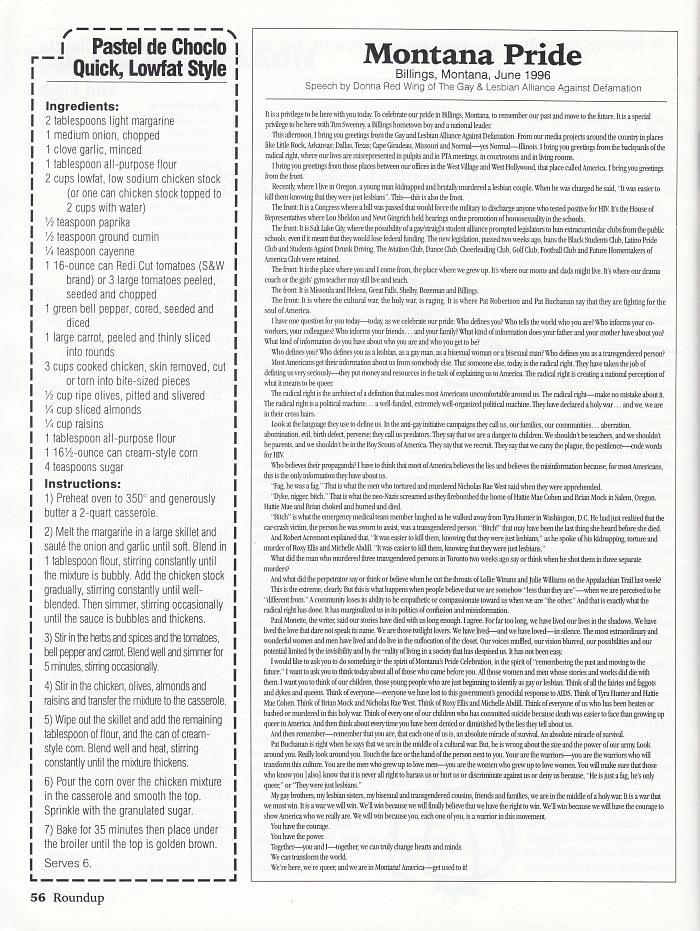
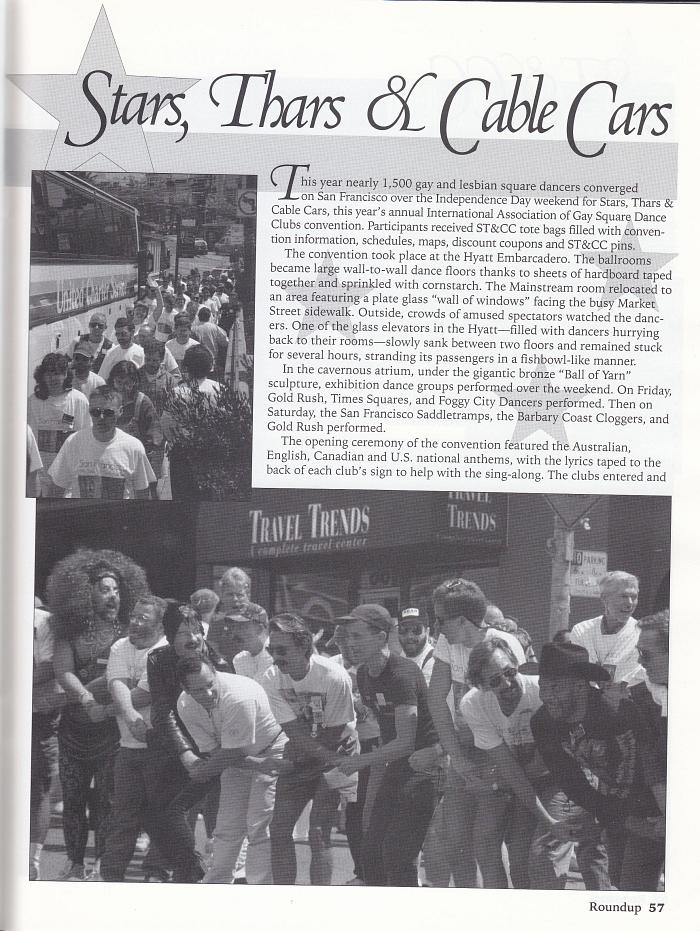
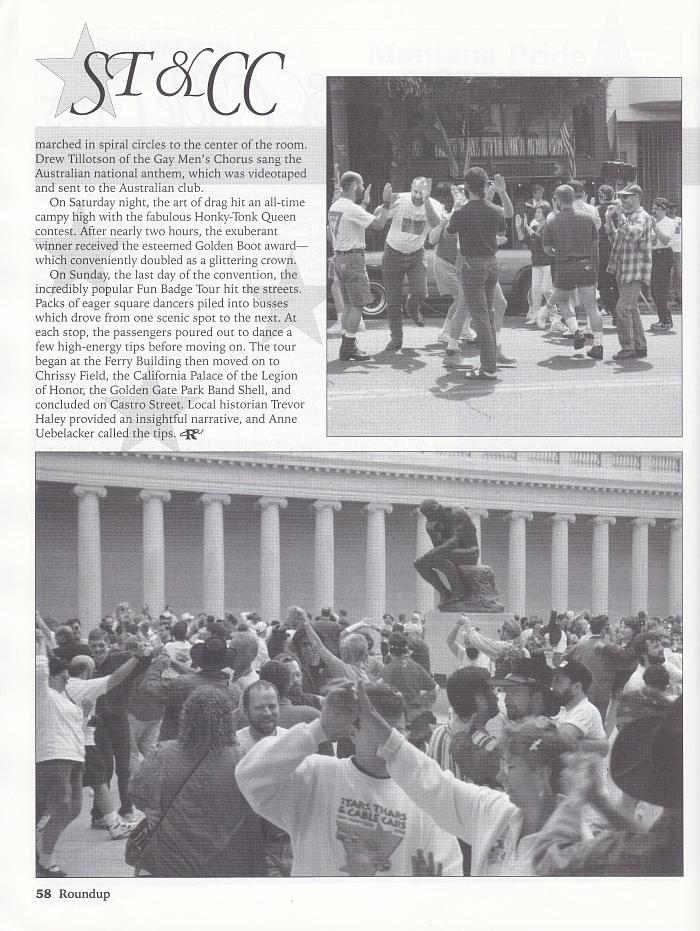
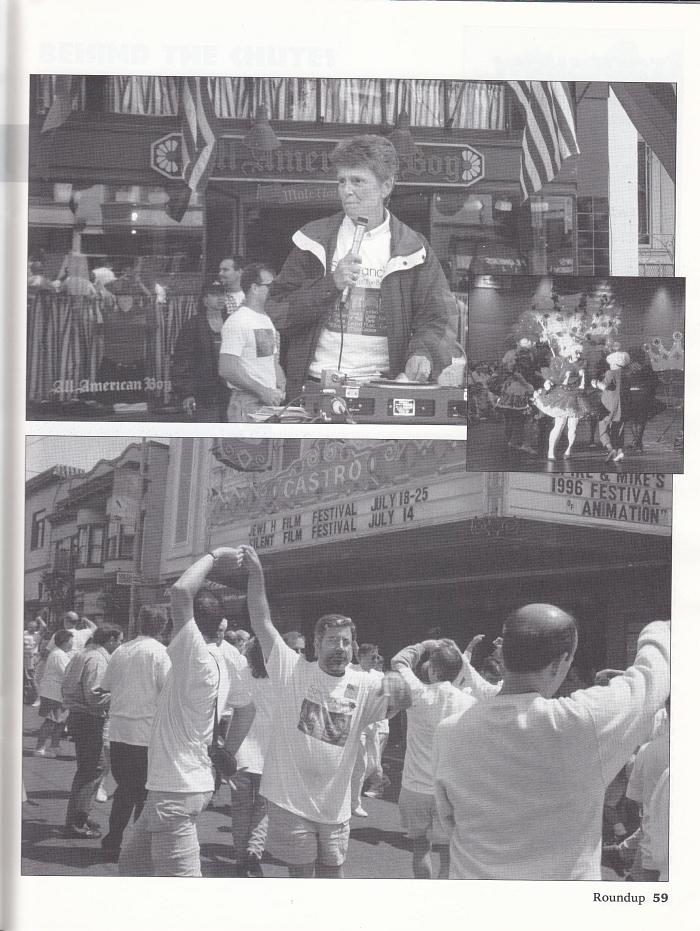
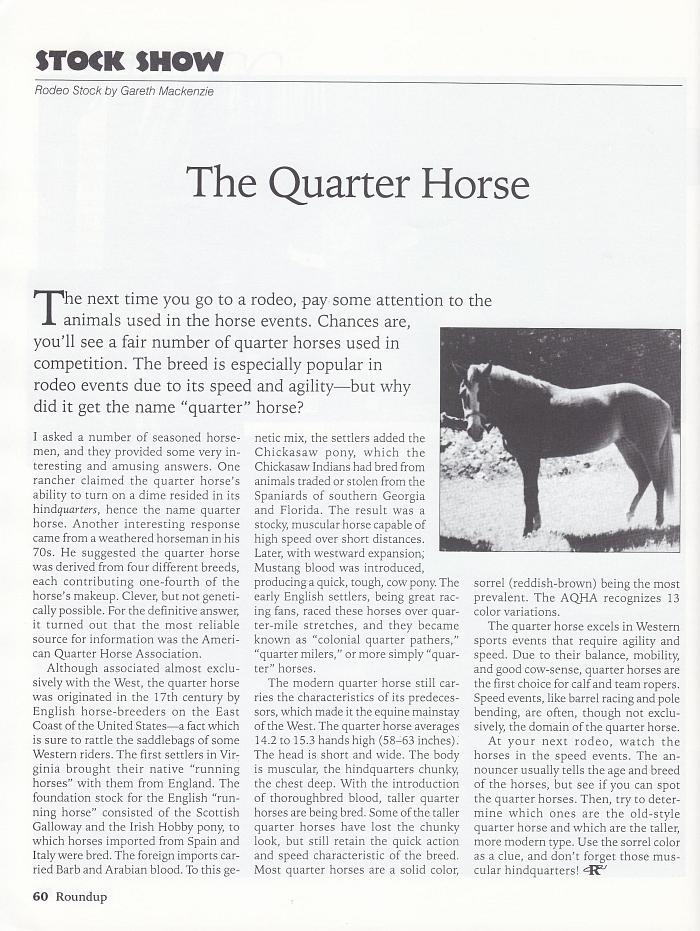
STOCK SHOW
Rodeo Stock by Gareth Mackenzie
The Quarter HorseThe next time you go to a rodeo, pay some attention to the animals used in the horse events. Chances are, you'll see a fair number of quarter horses used in competition. The breed is especially popular in rodeo events due to its speed and agility-but why did it get the name "quarter" horse? I asked a number of seasoned horsemen, and they provided some very interesting and amusing answers. One rancher claimed the quarter horse's ability to turn on a dime resided in its hindquarters, hence the name quarter horse. Another interesting response came from a weathered horseman in his 70s. He suggested the quarter horse was derived from four different breeds, each contributing one-fourth of the horse's makeup. Clever, but not genetically possible. For the definitive answer, it turned out that the most reliable source for information was the American Quarter Horse Association.
Although associated almost exclusively with the West, the quarter horse was originated in the 17th century by English horse-breeders on the East Coast of the United States-a fact which is sure to rattle the saddlebags of some Western riders. The first settlers in Virginia brought their native "running horses" with them from England. The foundation stock for the English "running horse" consisted of the Scottish Galloway and the Irish Hobby pony, to which horses imported from Spain and Italy were bred. The foreign imports carried Barb and Arabian blood. To this genetic mix, the settlers added the Chickasaw pony, which the Chickasaw Indians had bred from animals traded or stolen from the Spaniards of southern Georgia and Florida. The result was a stocky, muscular horse capable of high speed over short distances. Later, with westward expansion; Mustang blood was introduced, producing a quick, tough, cow pony. The early English settlers, being great racing fans, raced these horses over quarter-mile stretches, and they became known as "colonial quarter pathers," "quarter milers," or more simply "quarter" horses.
The modern quarter horse still carries the characteristics of its predecessors, which made it the equine mainstay of the West. The quarter horse averages 14.2 to 15.3 hands high (58-63 inches). The head is short and wide. The body is muscular, the hindquarters chunky, the chest deep. With the introduction of thoroughbred blood, taller quarter horses are being bred. Some of the taller quarter horses have lost the chunky look, but still retain the quick action and speed characteristic of the breed. Most quarter horses are a solid color, sorrel (reddish-brown) being the most prevalent. The AQHA recognizes 13 color variations.
The quarter horse excels in Western sports events that require agility and speed. Due to their balance, mobility, and good cow-sense, quarter horses are the first choice for calf and team ropers. Speed events, like barrel racing and pole bending, are often, though not exclusively, the domain of the quarter horse.
At your next rodeo, watch the horses in the speed events. The announcer usually tells the age and breed of the horses, but see if you can spot the quarter horses. Then, try to determine which ones are the old-style quarter horse and which are the taller, more modern type. Use the sorrel color as a clue, and don't forget those muscular hindquarters!
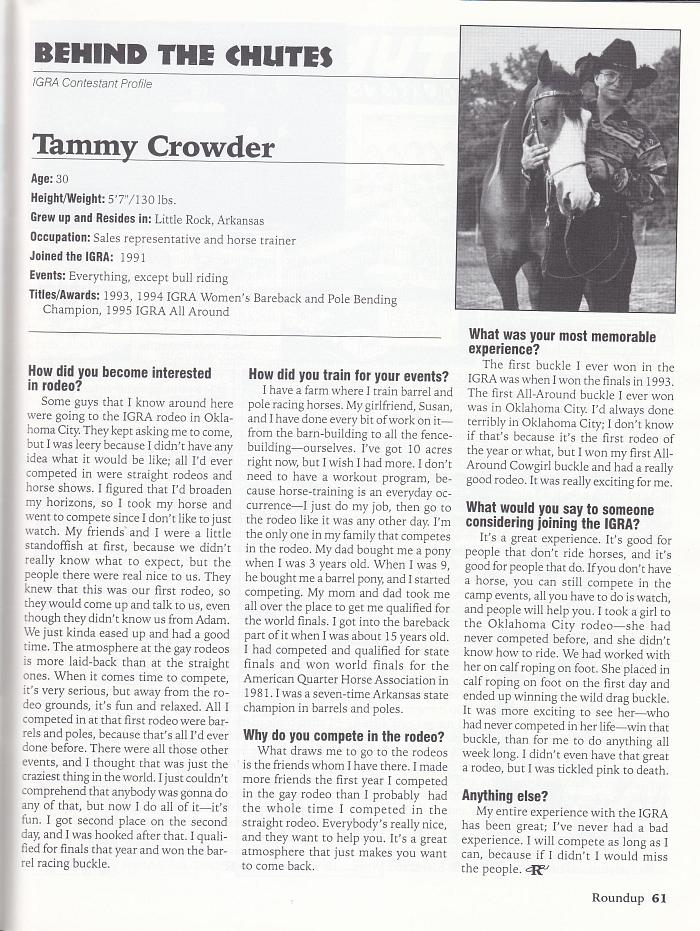
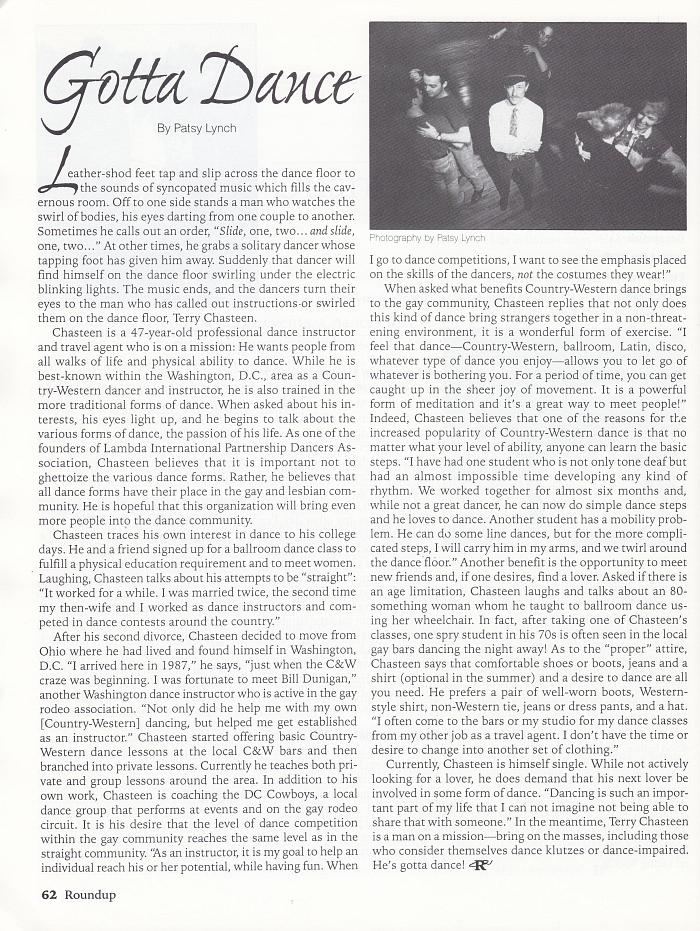
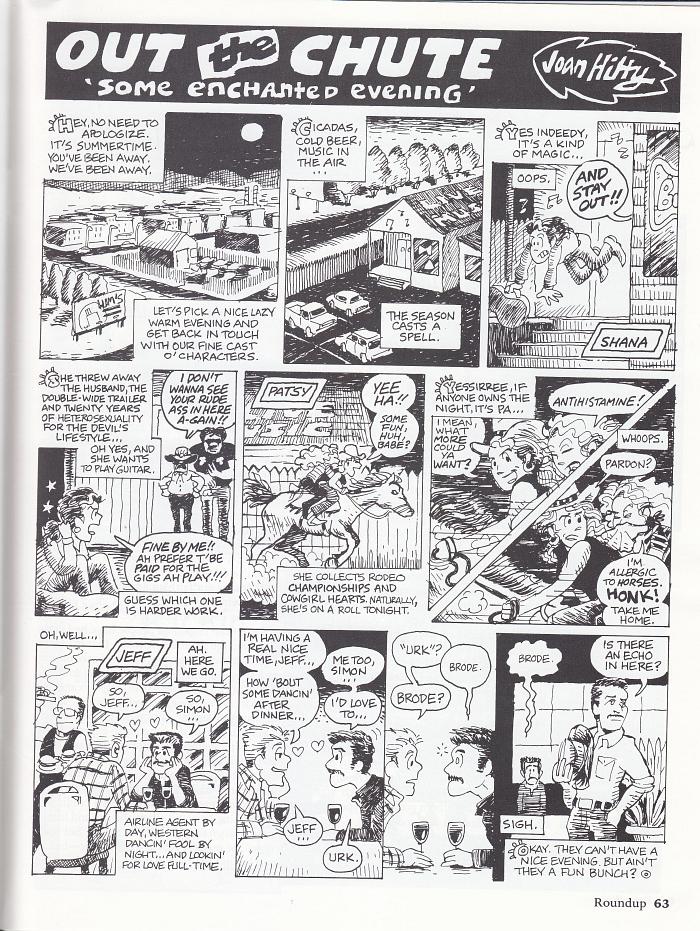

Sid Spencer
By Philip Guy Parks
((Yesterday is the past) tomorrow is the Juturfy but today is a gift ... that's why we call it the present.))
-Author Unknown
Sid Spencer included this quote on the CD cover of his last release, Out-N-About, Again. The gay and lesbian community saw yet another bright light flicker, dim and go out on July 17, 1996, when Spencer died.
Spencer was born in Tulsa, and, although he traveled extensively, his heart remained in Oklahoma. It was his touchstone throughout his life. Spencer was one of a handful of entertainers who tested the waters in the new genre of openly gay and lesbian music. In his lifetime, Spencer knew success. Perhaps it wasn't the kind of success measured by the mainstream, but during his intense touring schedule of the last five years, gay and lesbian people throughout the United States embraced their native son with pride and love. Spencer toured nationally as a headliner in rodeos and nightclubs, including billing as the opening act for Steve Warner.
In his short life, Spencer released three albums: Lovin' Strangers was released in January 1993, a Christmas album entitled Family Ties in 1994, and Out-N-About, Again, which was his ground-breaking album produced especially for his gay and lesbian audience.
Spencer was a ruggedly handsome man with an easy manner which earned him the nickname "Country Gentleman." He had a warm and charming manner both on and off stage. That charm came through in Spencer's music. He was country to the bone and sang the songs that country singers do: "he done me wrong" songs, "just fell in love" songs, "just for the fun of it" songs. But he also sang songs about family values - our family values-songs about gay feelings and relationships. These songs were full of Spencer's heart and soul. And when an artist loves what he does, it naturally comes through in his work. I think Spencer summed up the way he felt in a verse from the song he wrote called "If You've Got Love":
"If you've got faith and you believe/In what you're livin' for/You can stand your ground/When the devil's at your door."
Since time began, all people have had an instinctive urge to create, whether that manifests itself as building a house, baking a cake or writing a song-no matter, it's all creative. And each society or culture experiences, displays and produces its art within a particular context. Within our gay and lesbian community, some artists, like Spencer, feel the longing to express themselves with openly gay themes and ideas. I thank God, or whatever higher power exists, when artists like Spencer take that leap of faith to produce works that I can identify with and treasure. In my eyes, and the eyes of a public who adored him, he was a gift to the gay and lesbian community. His legacy is his music. Sid Spencer will be missed. Not just the singer-but the man behind the music.
